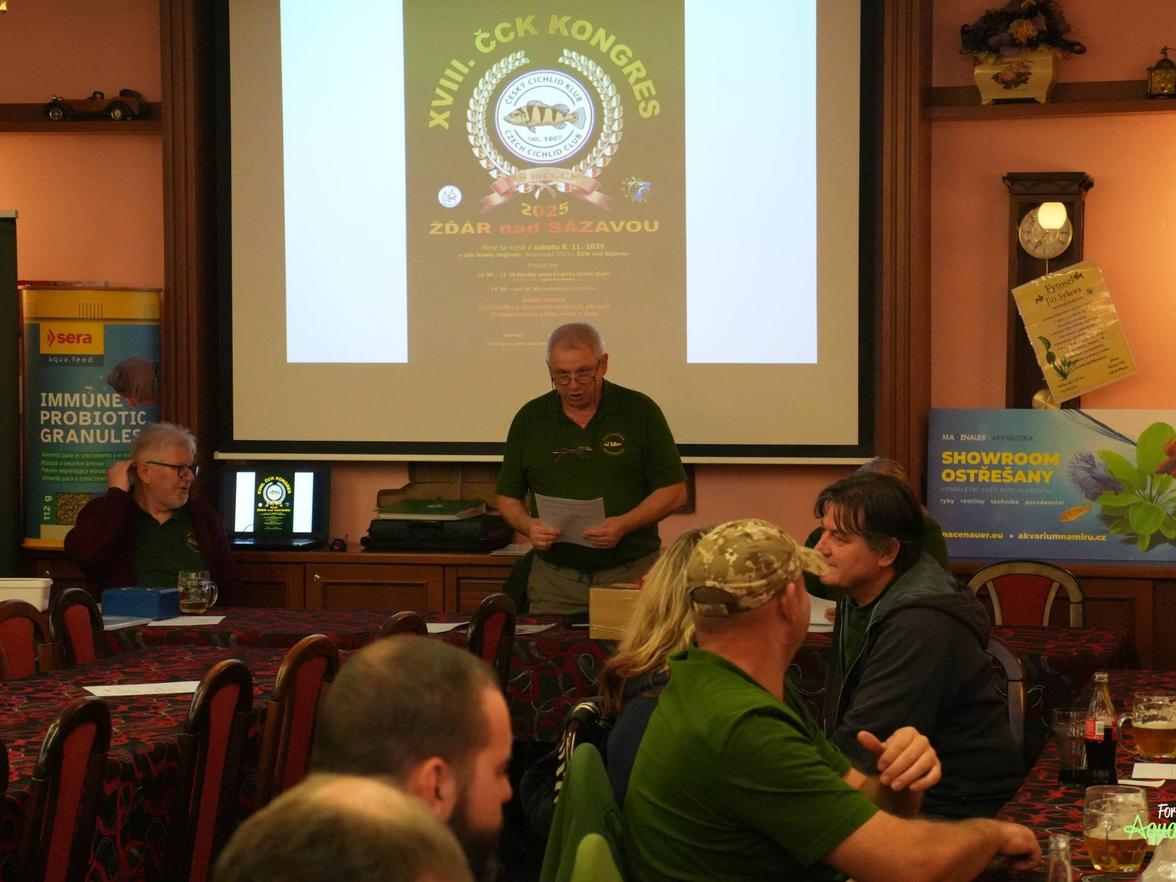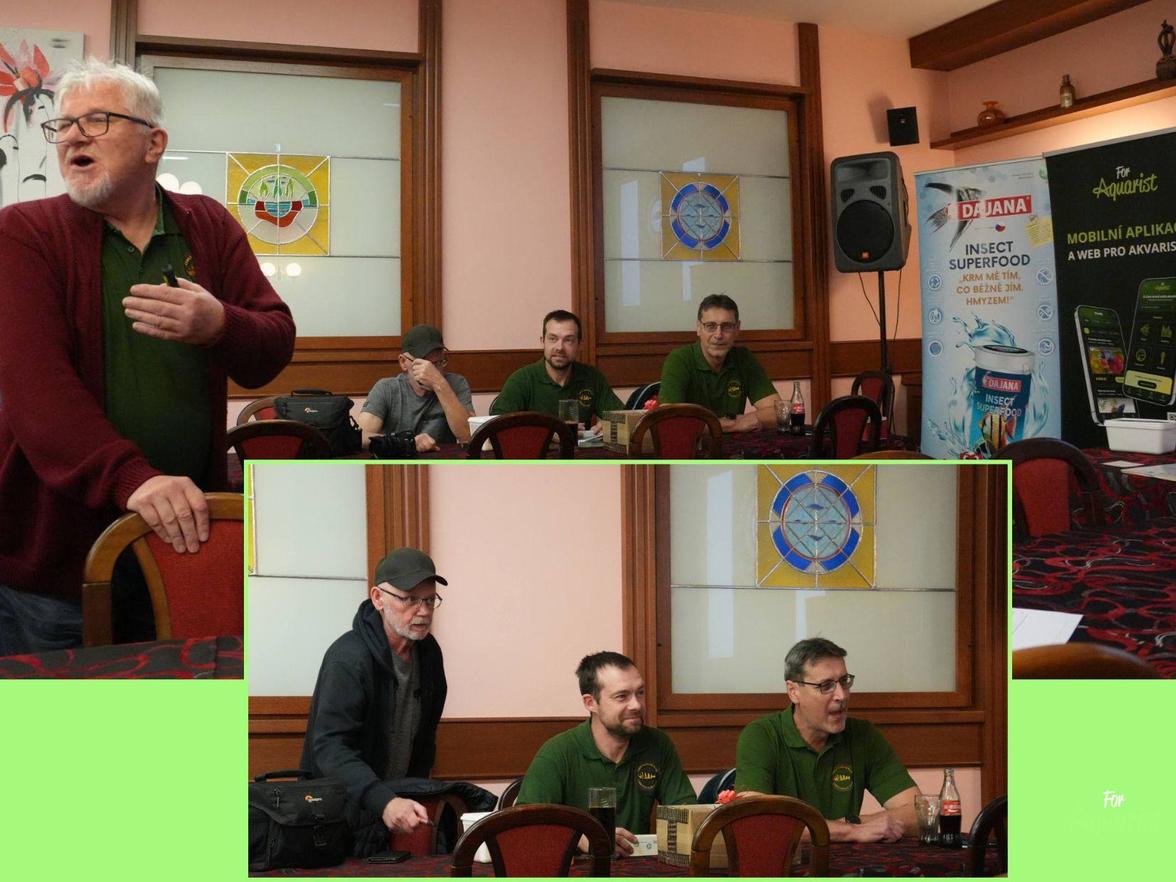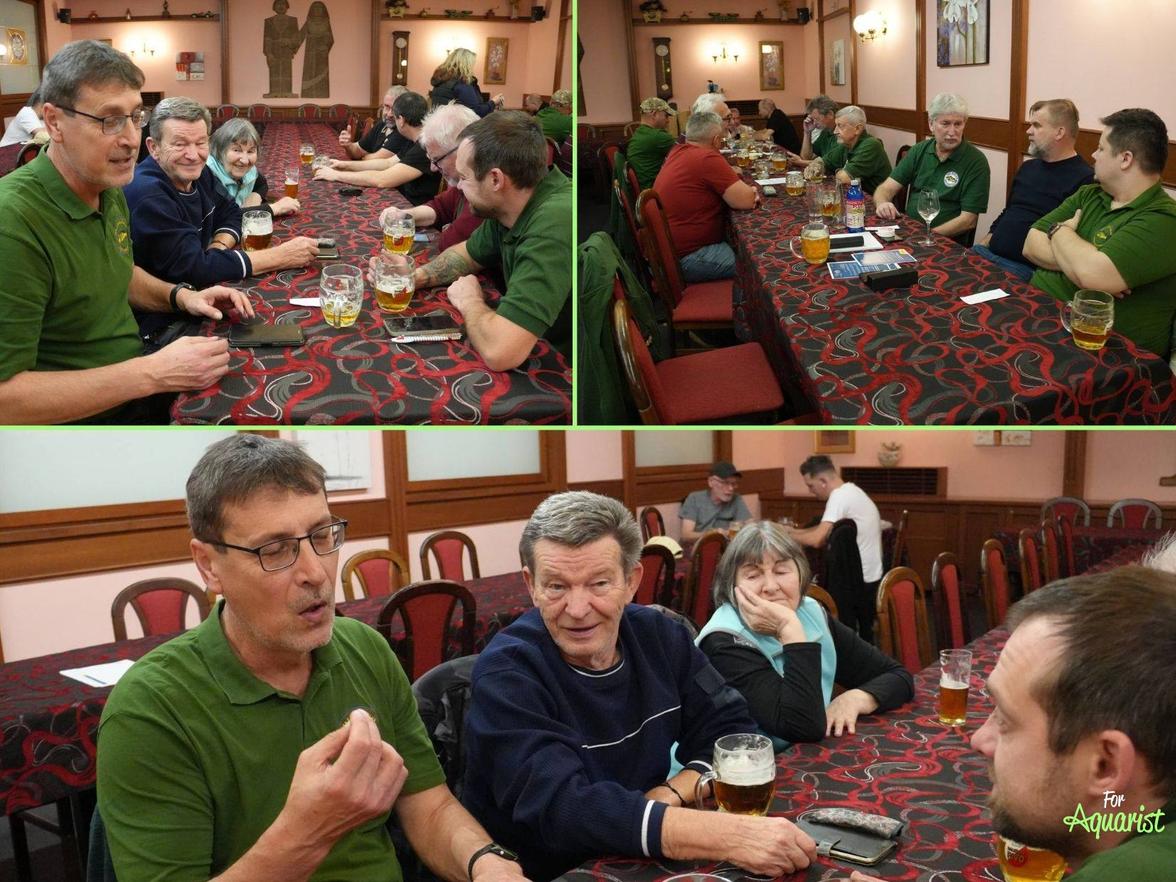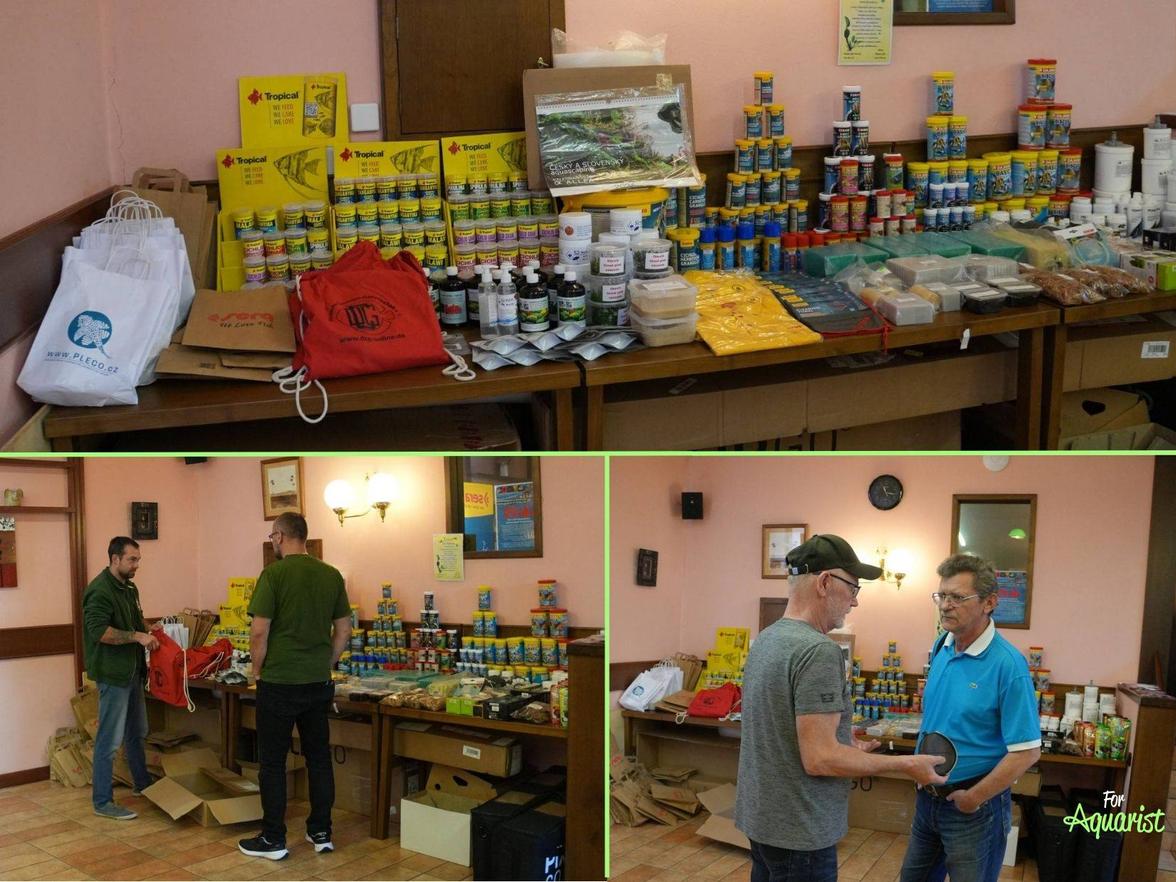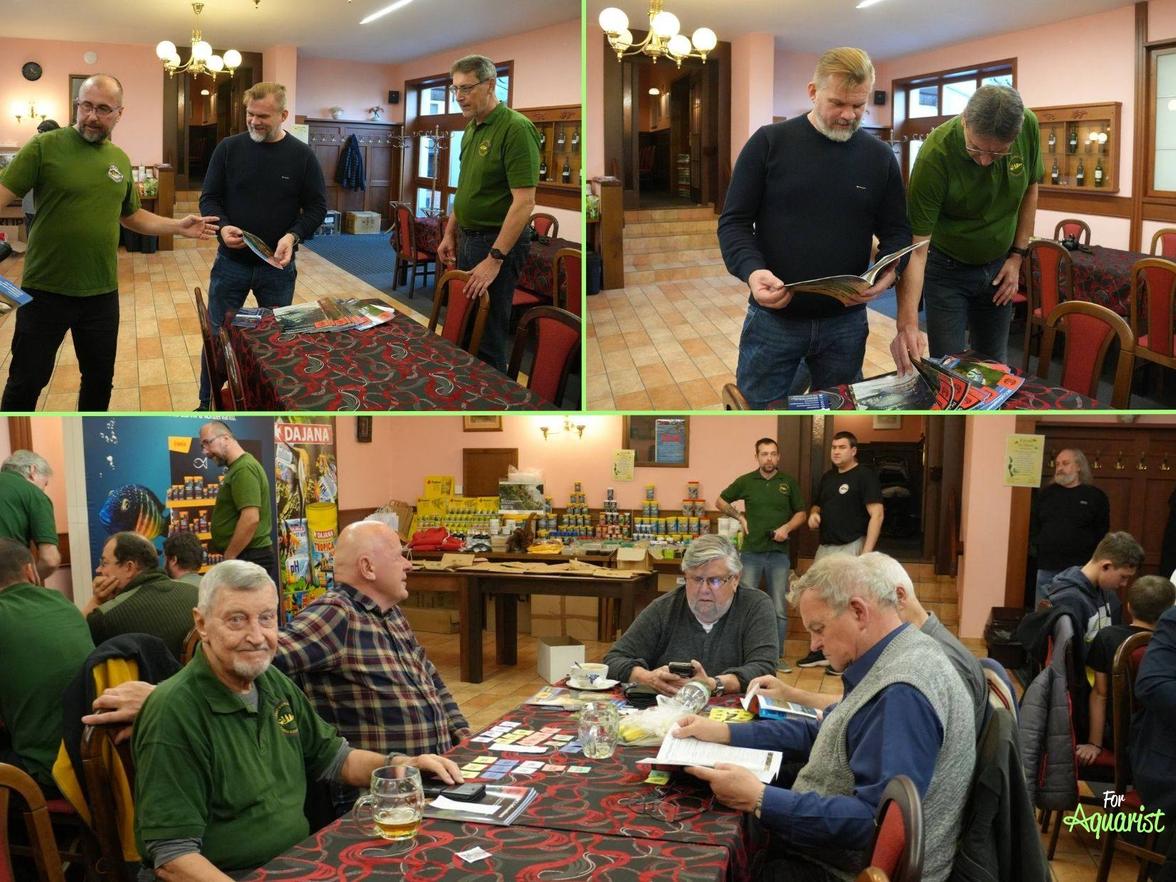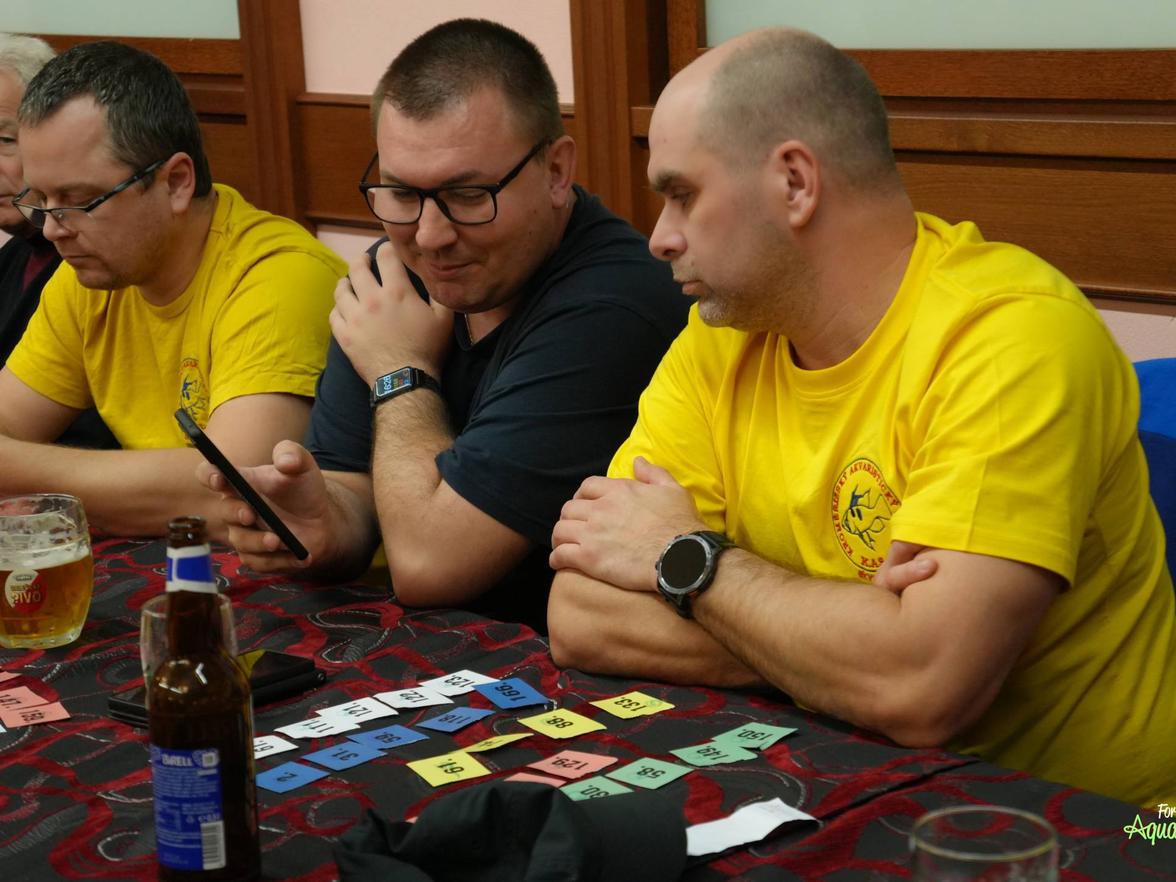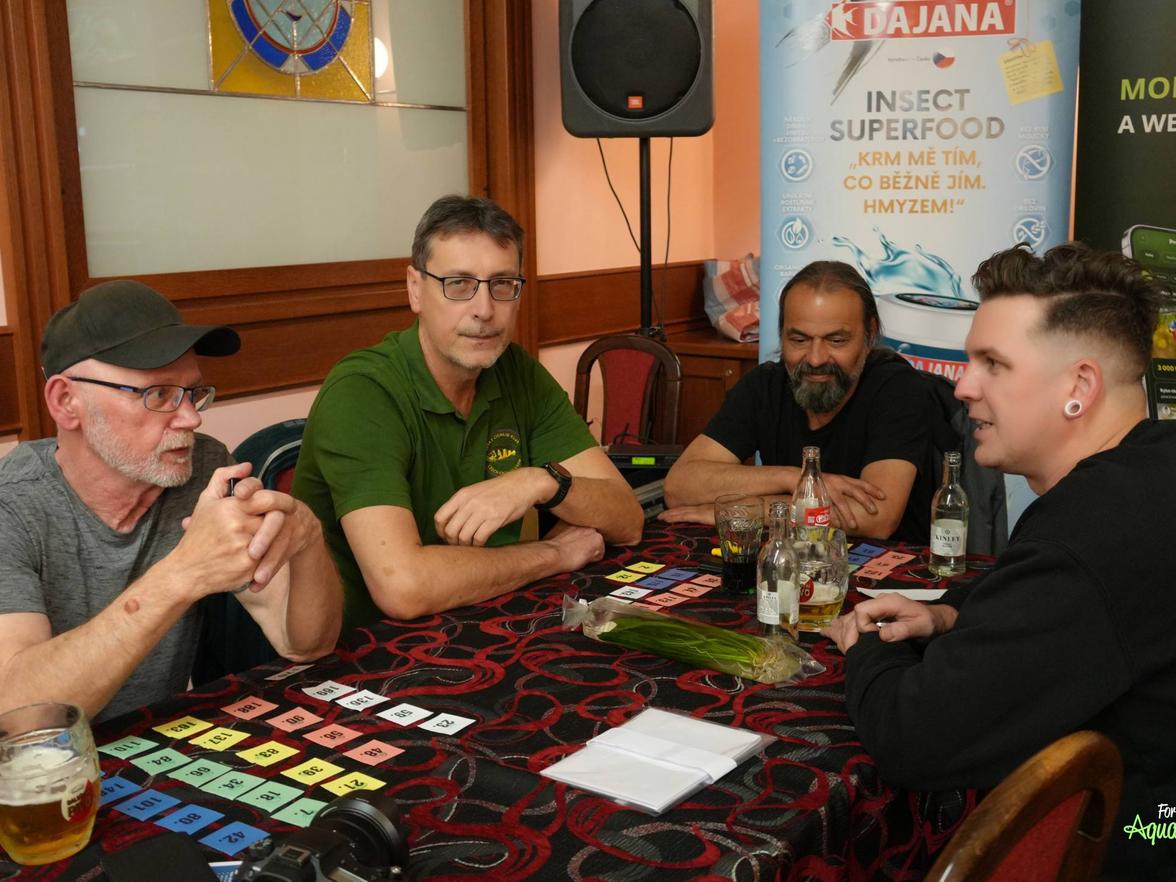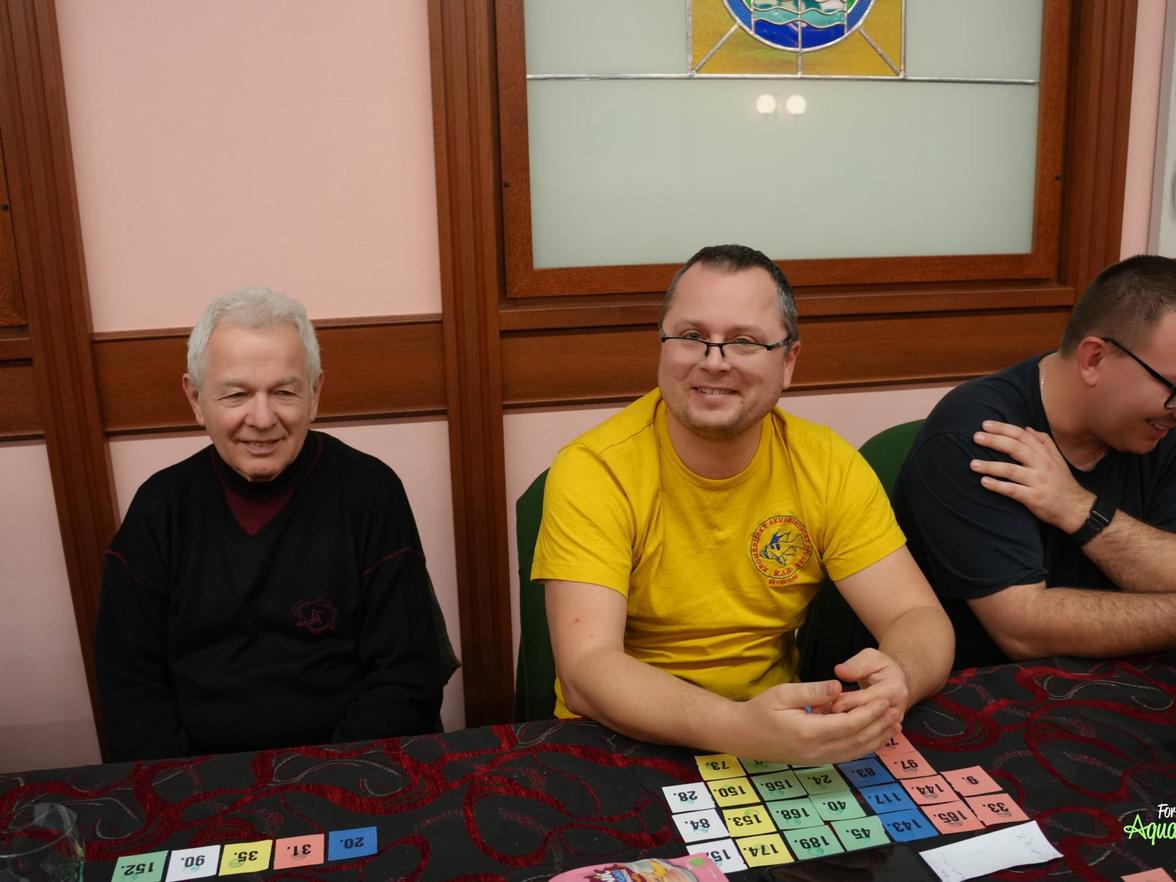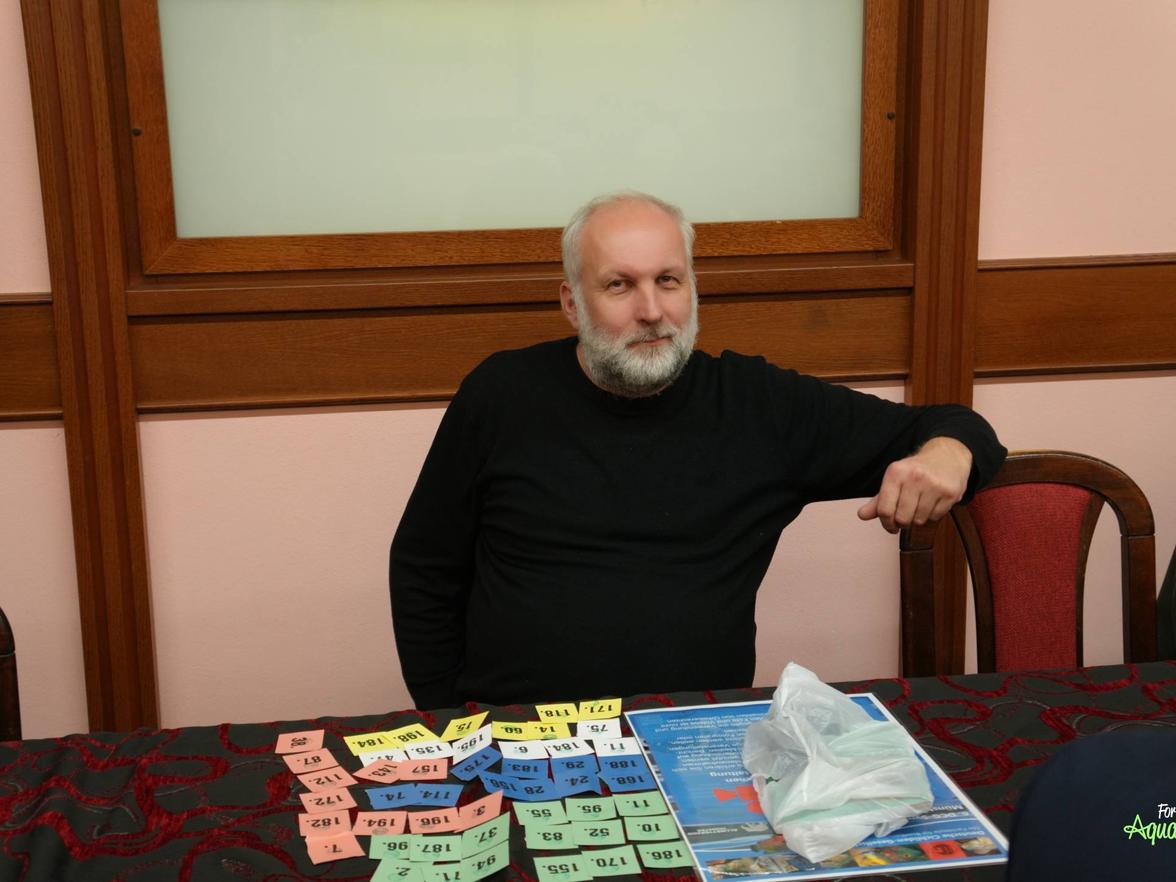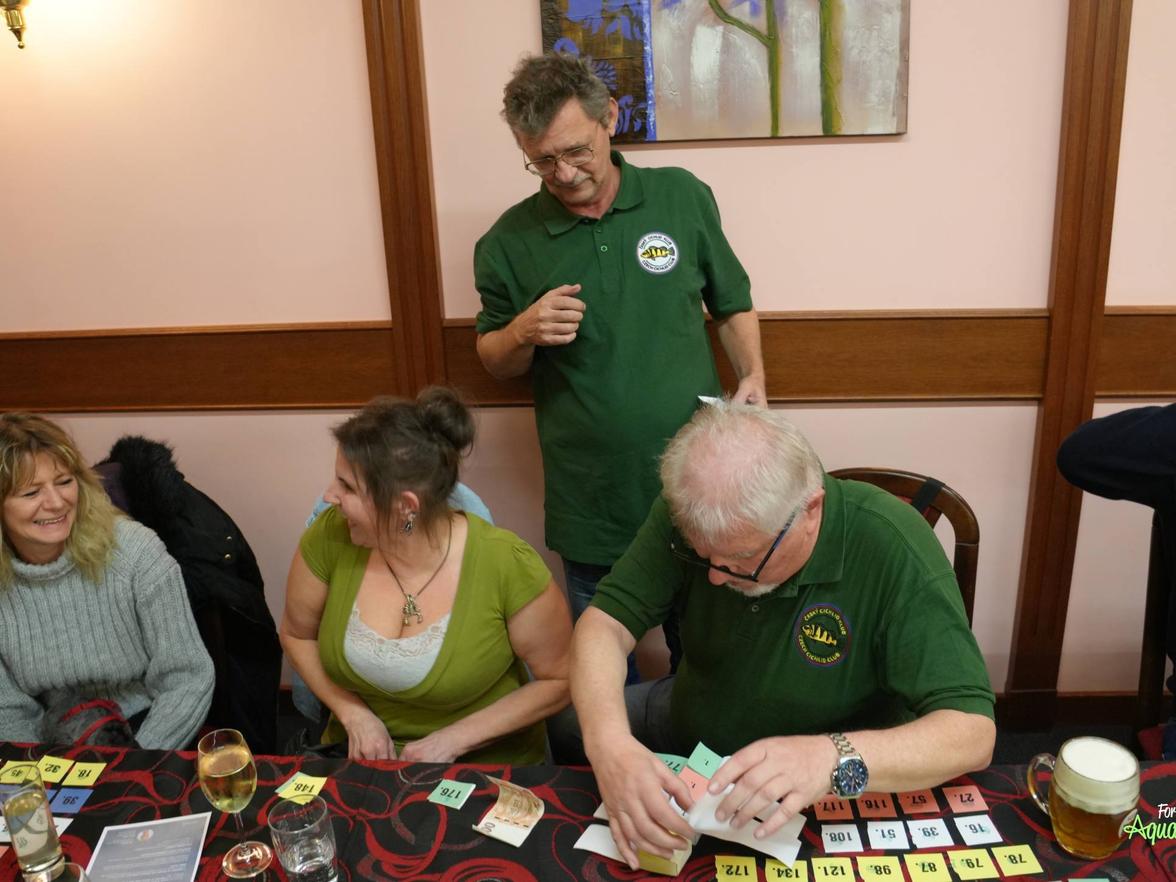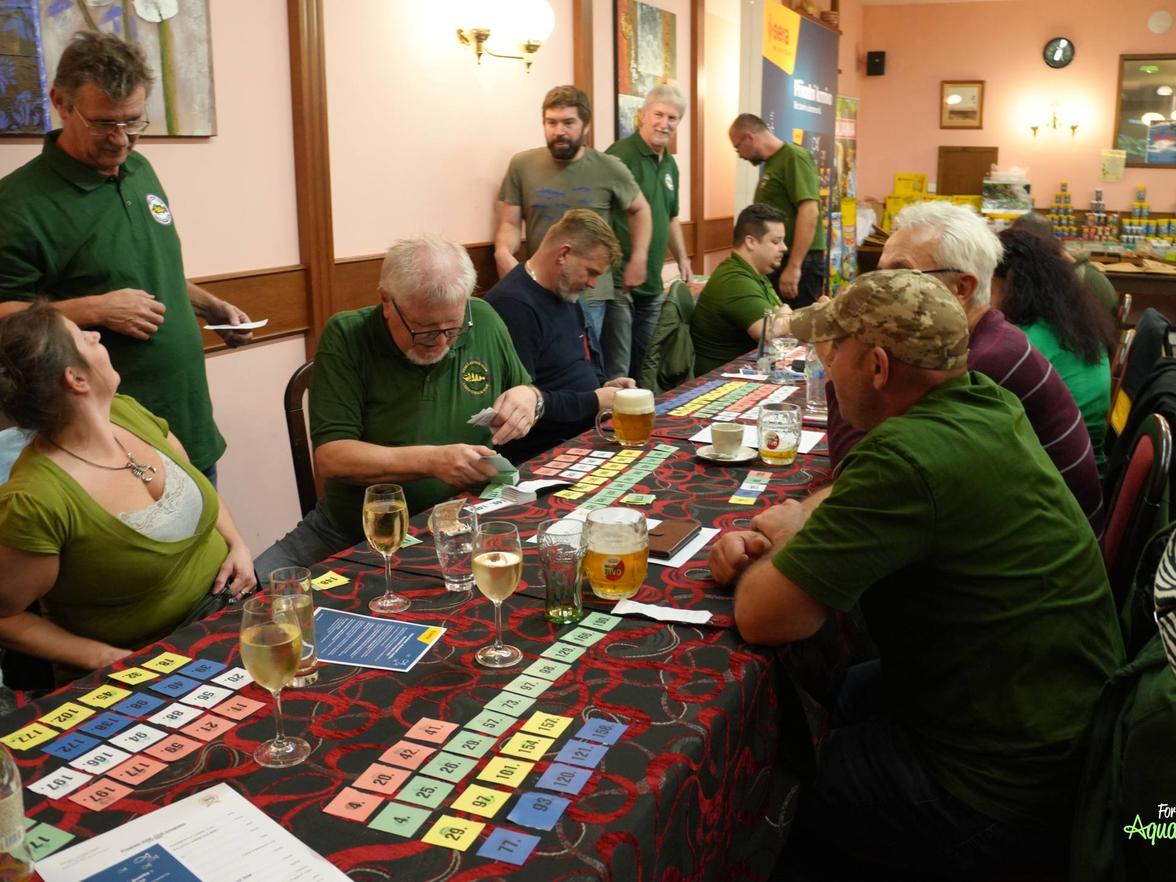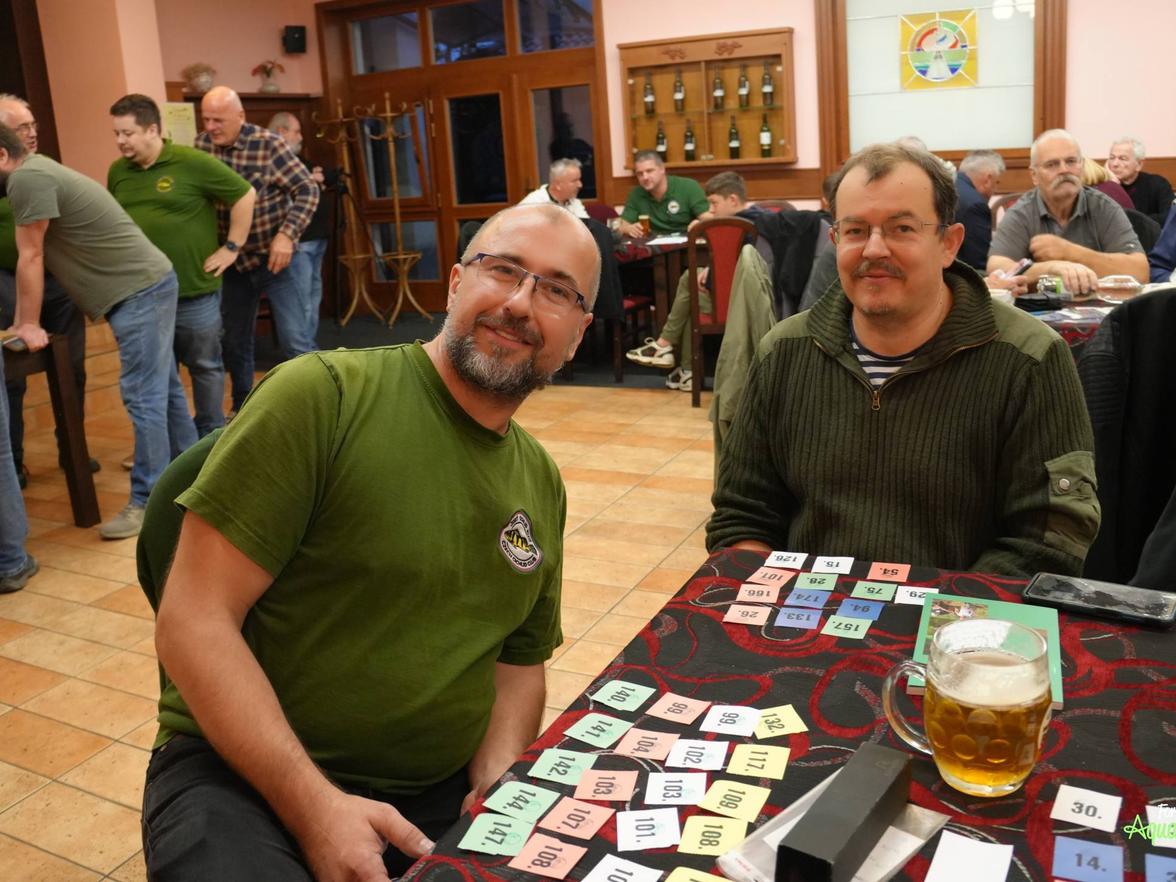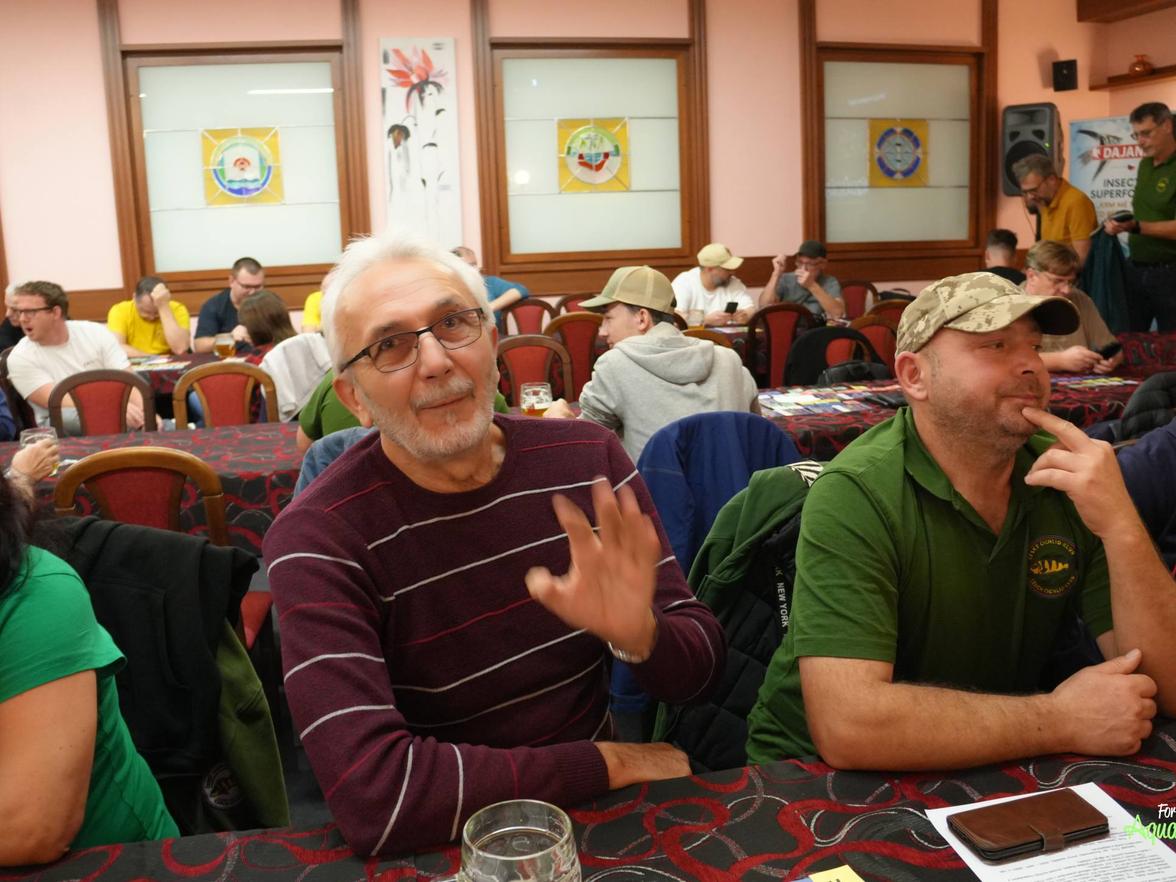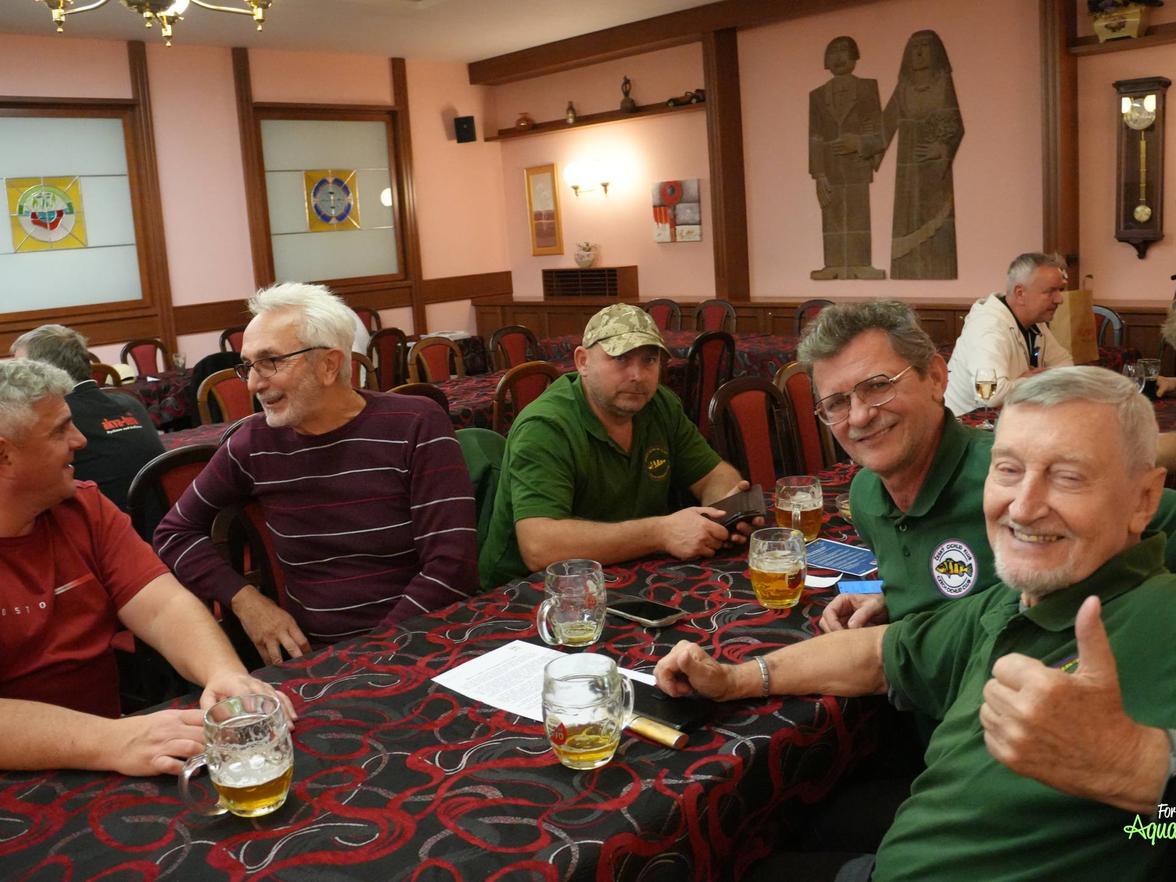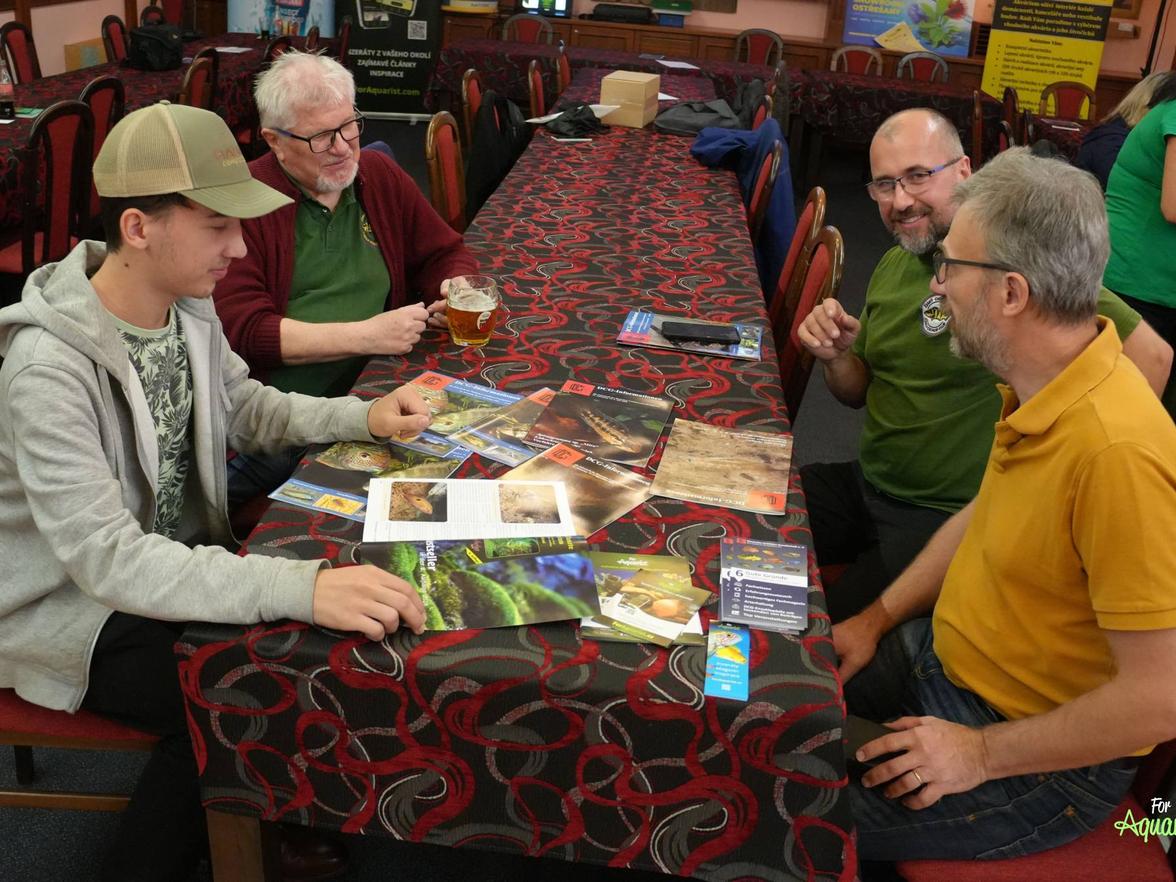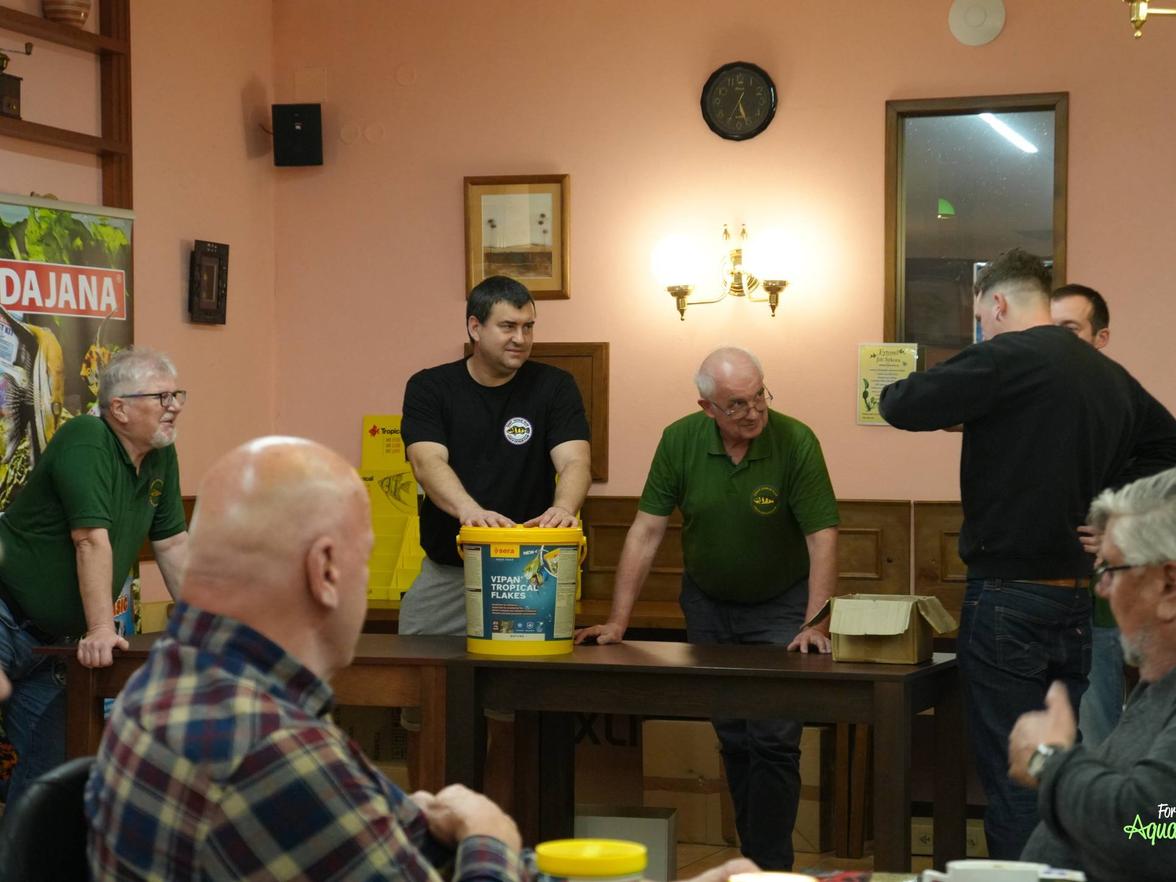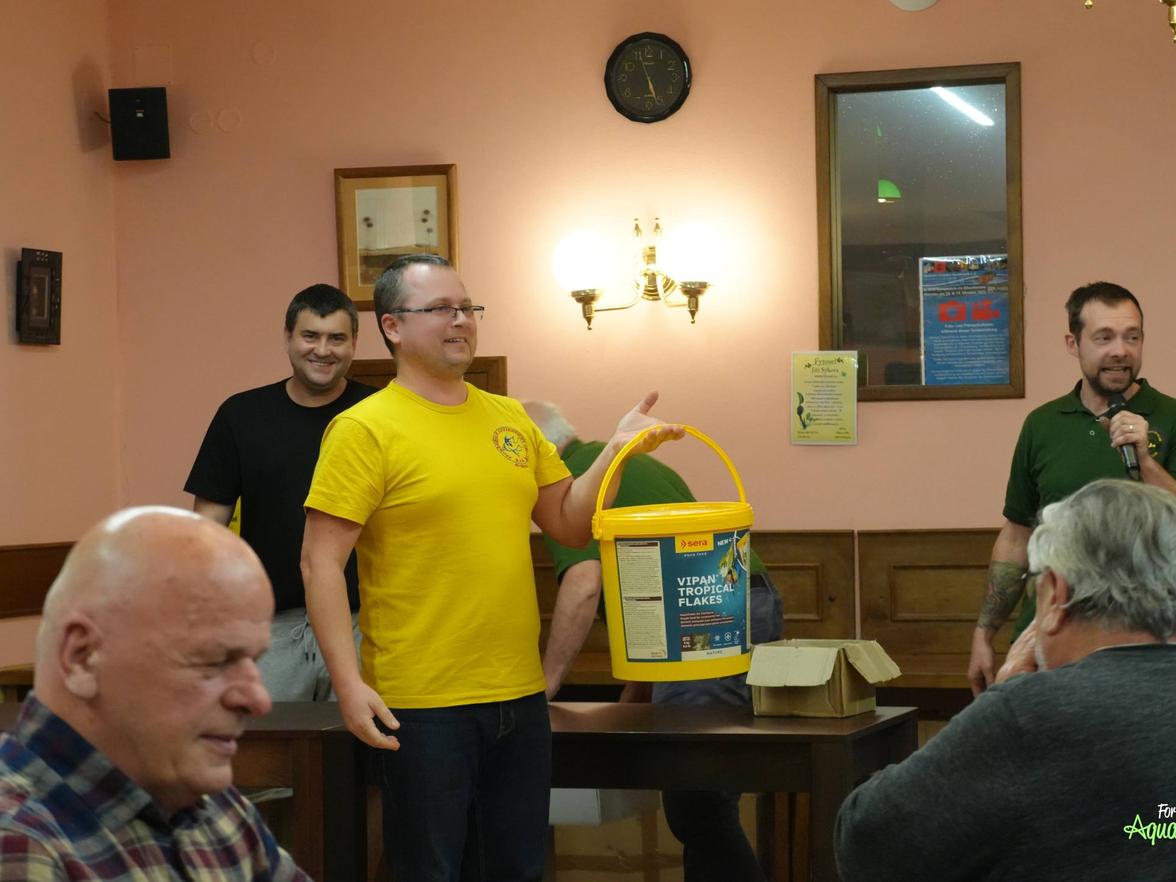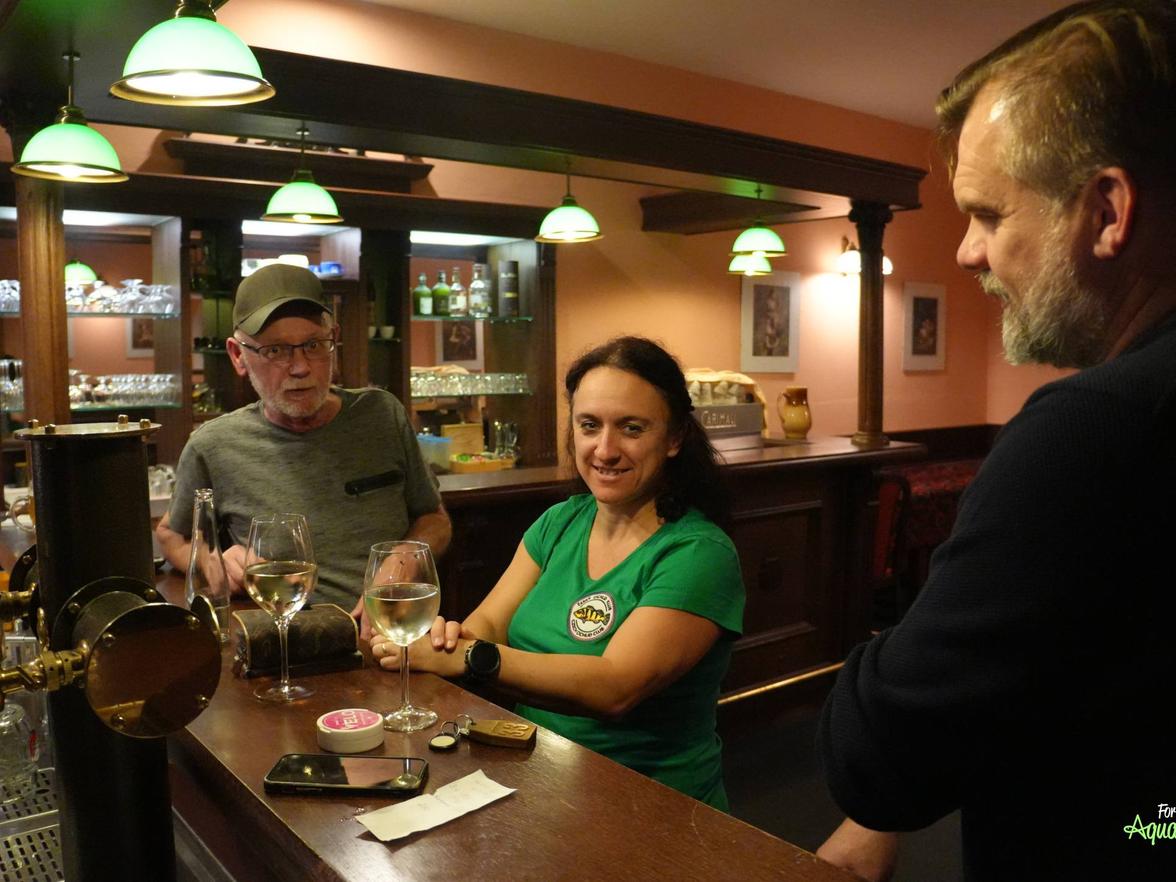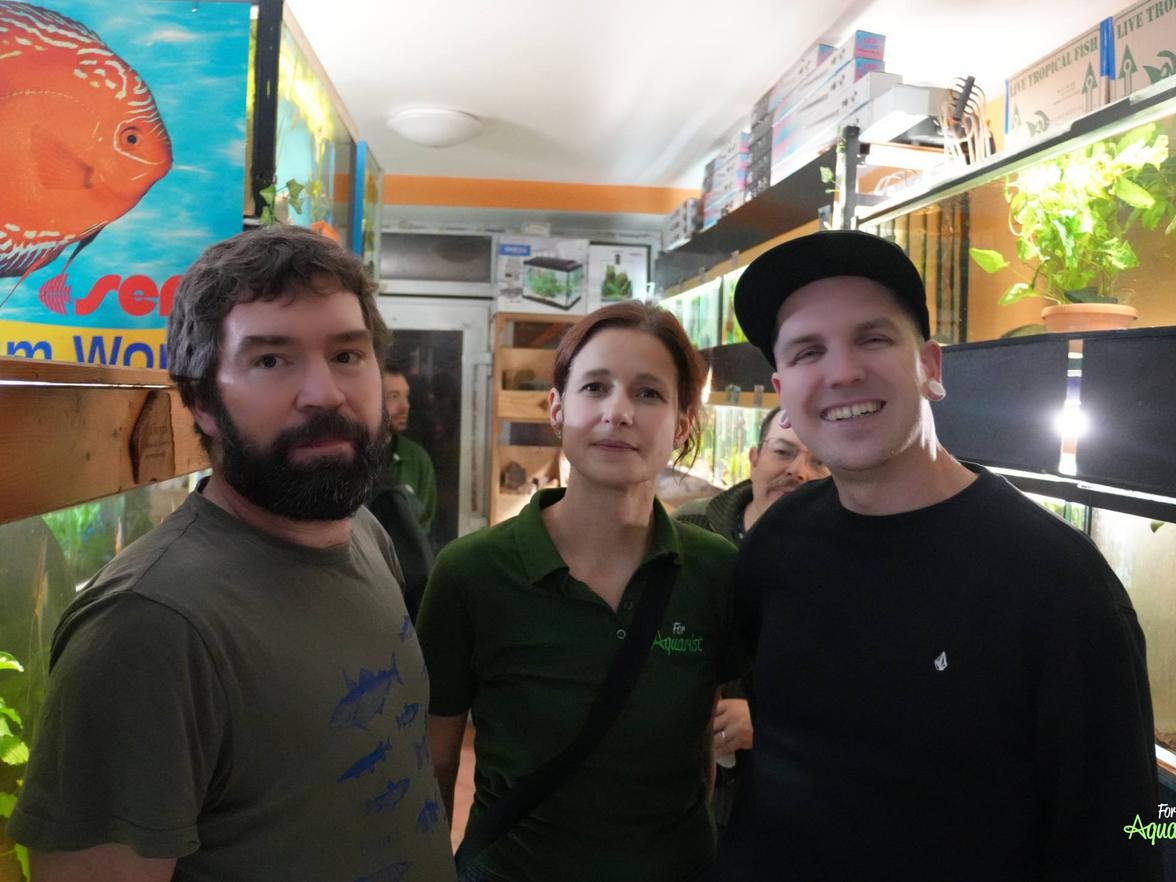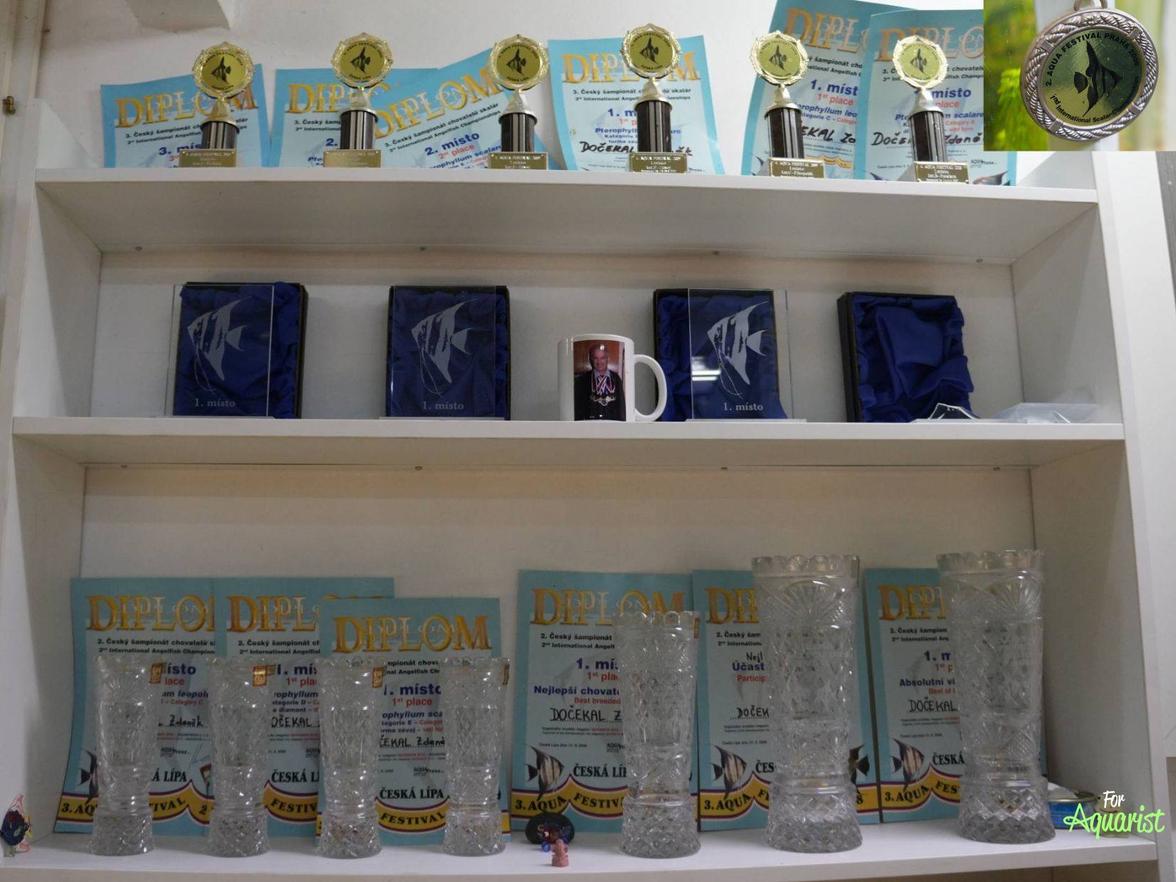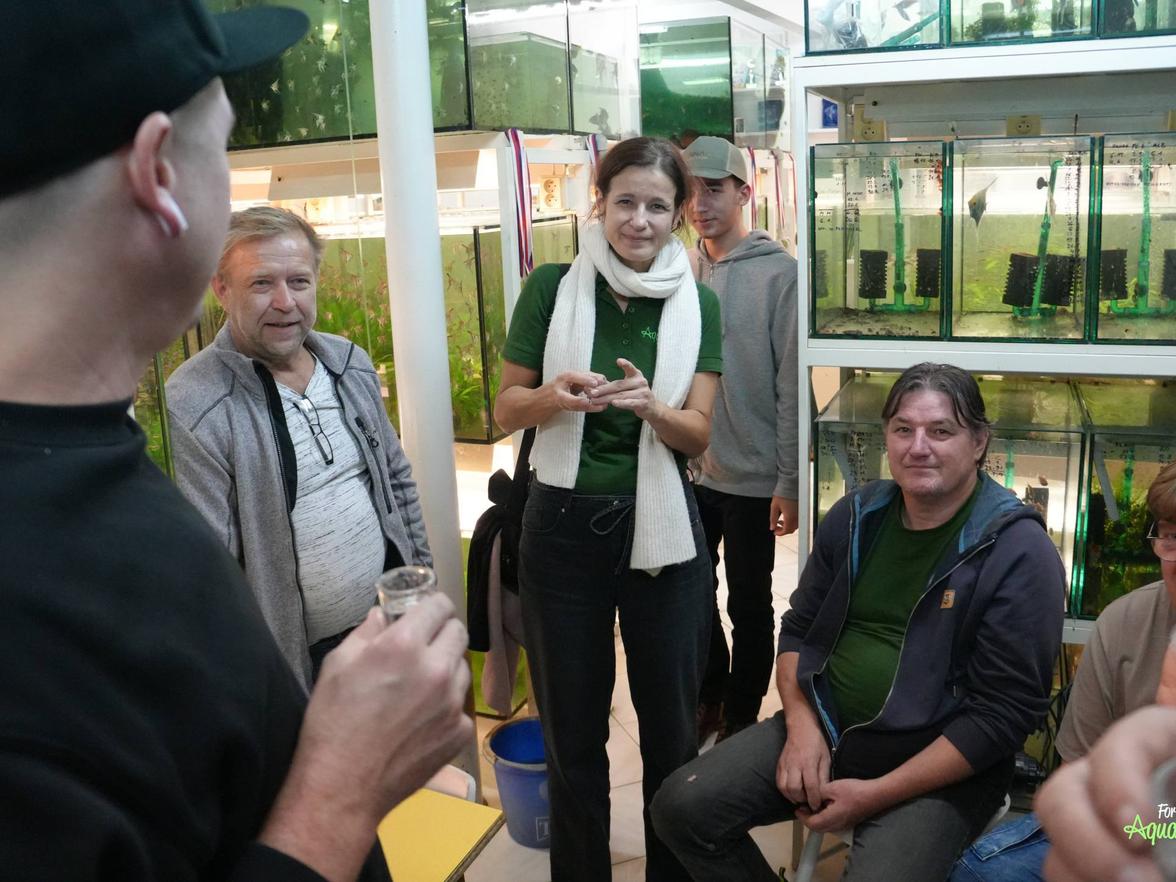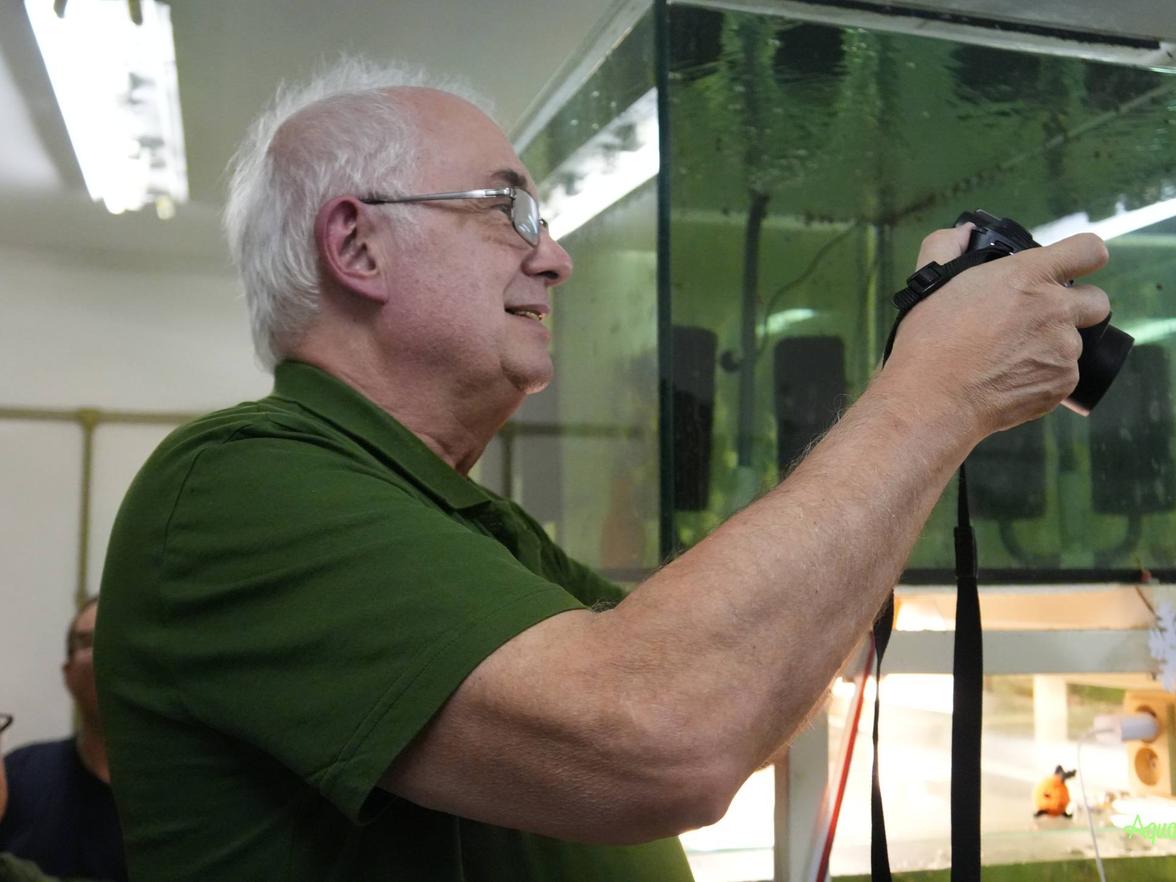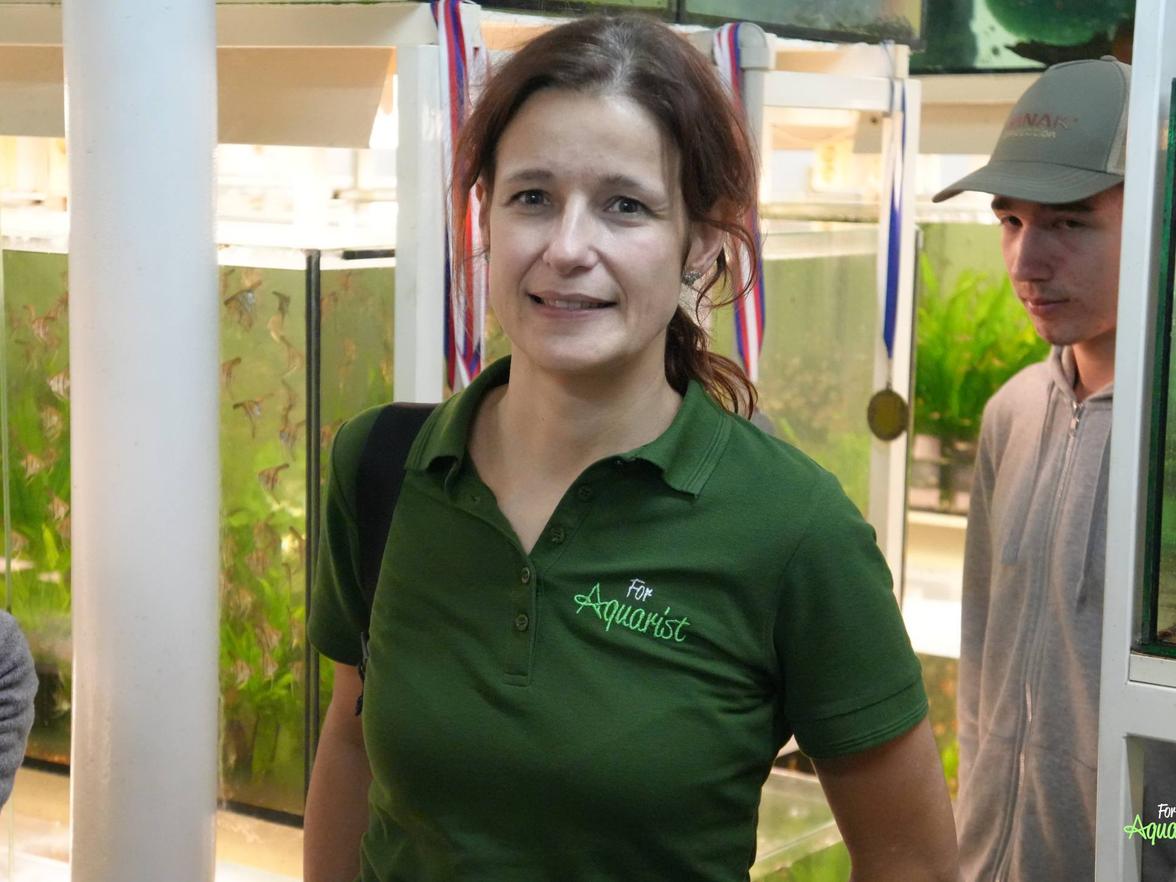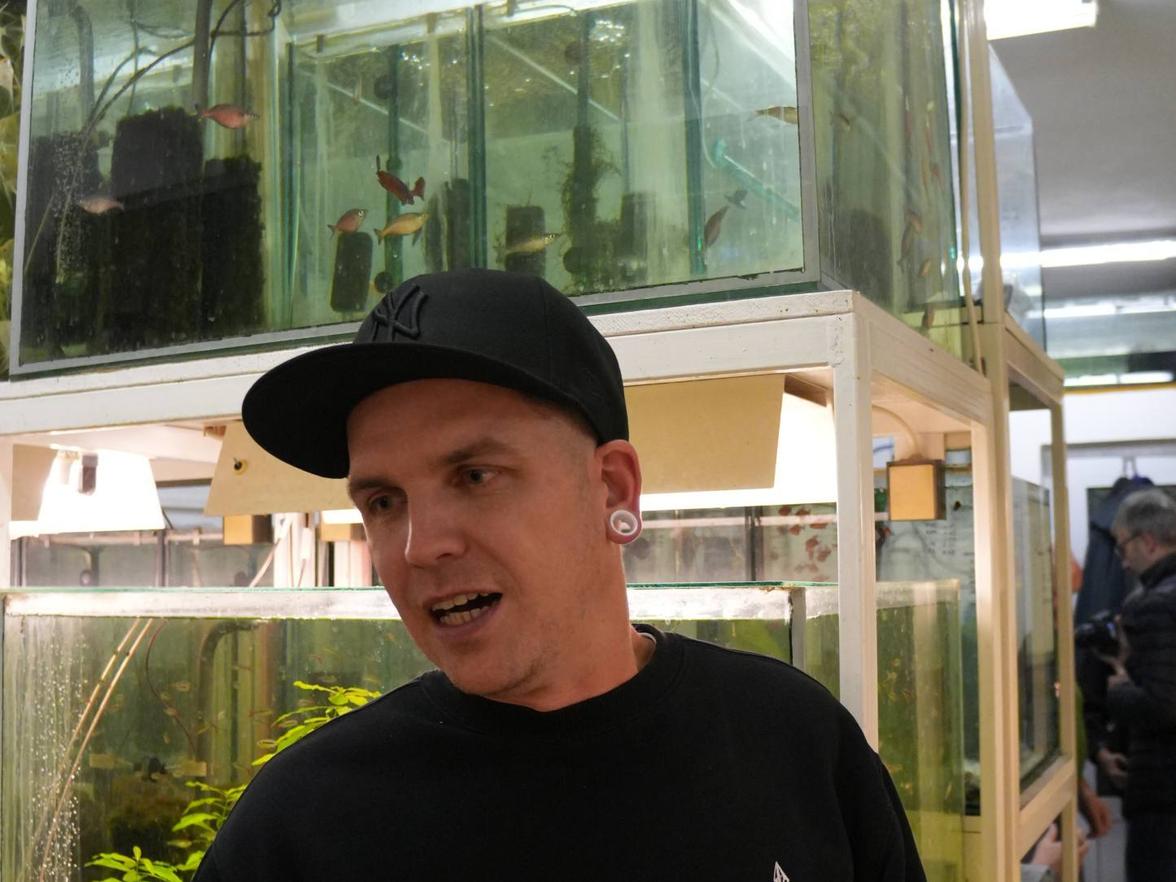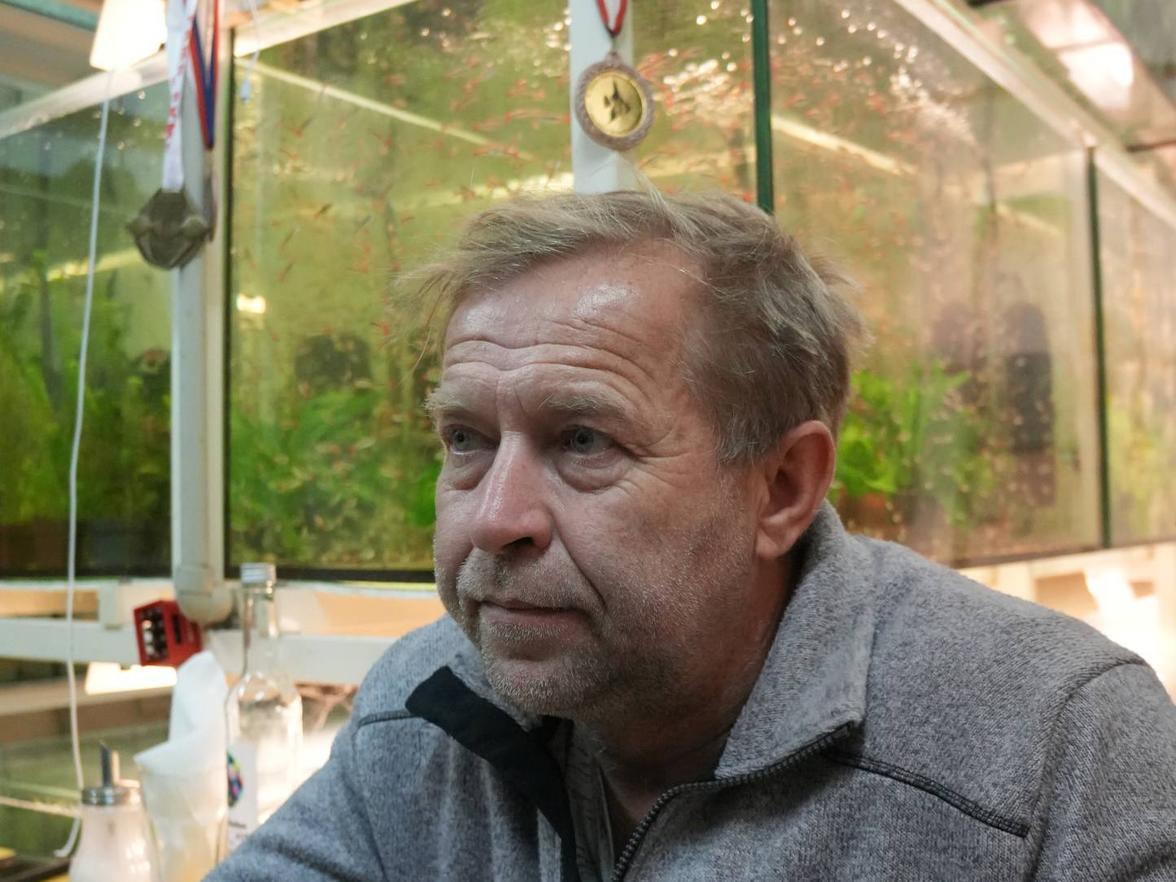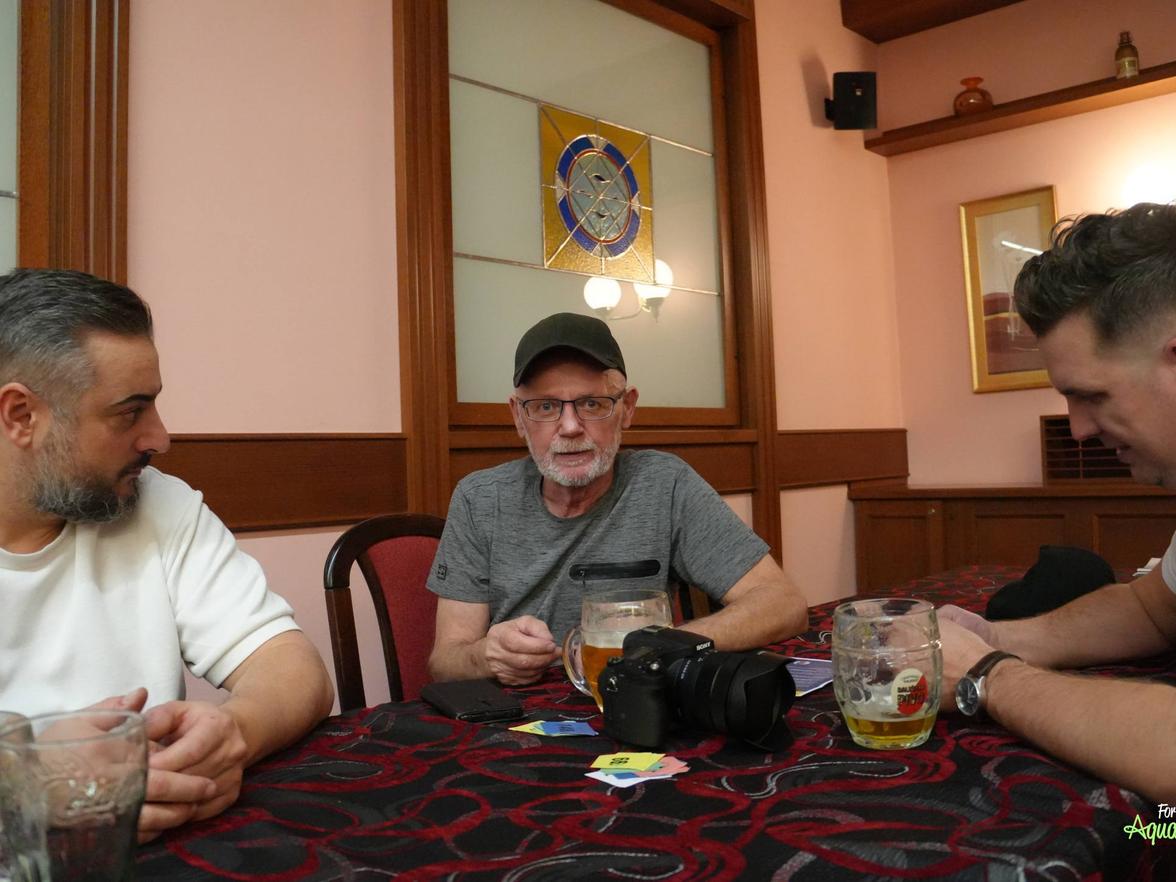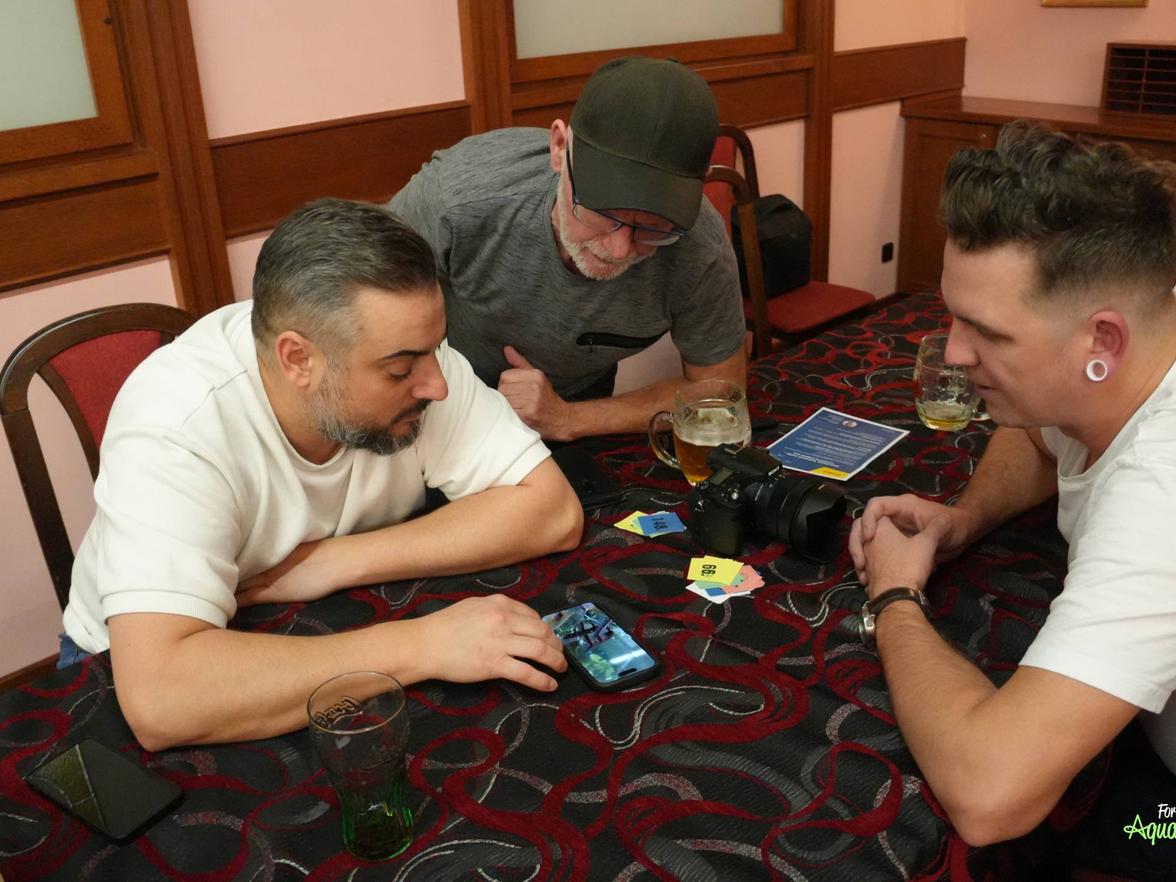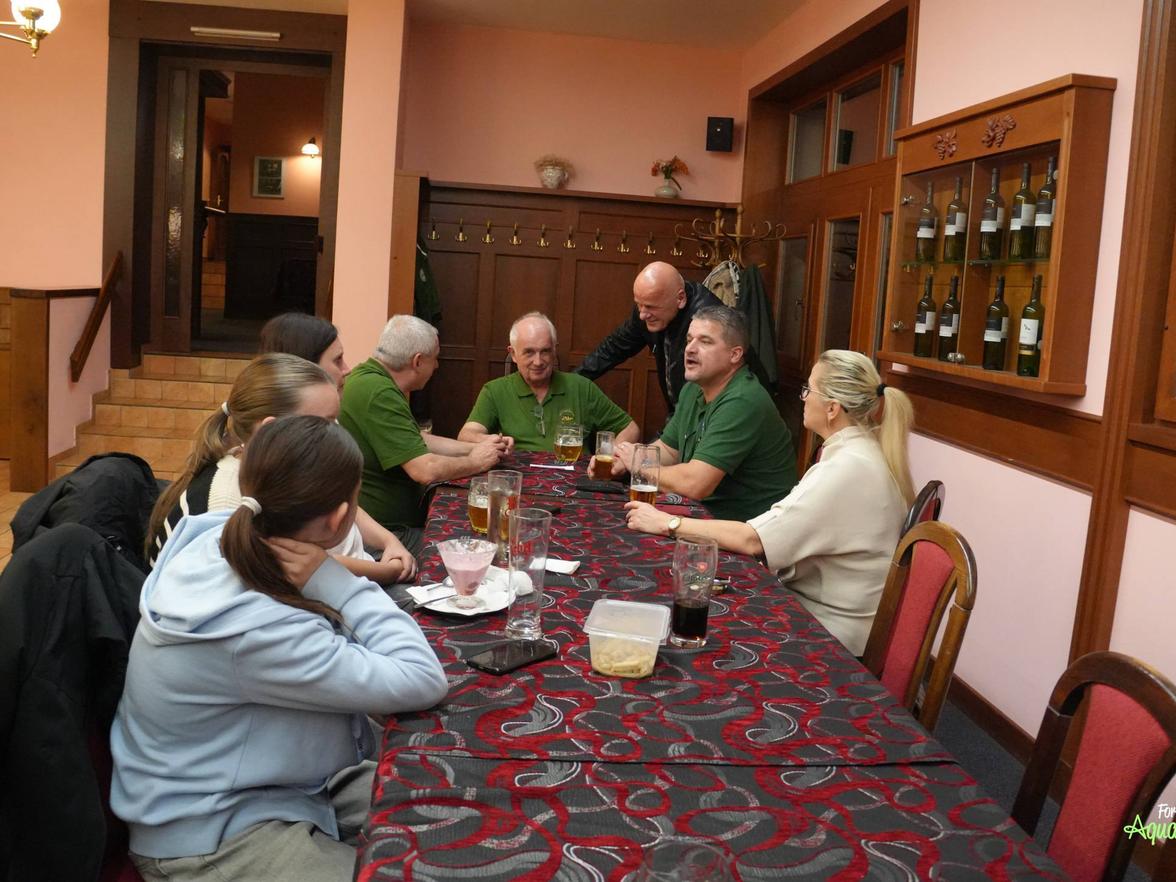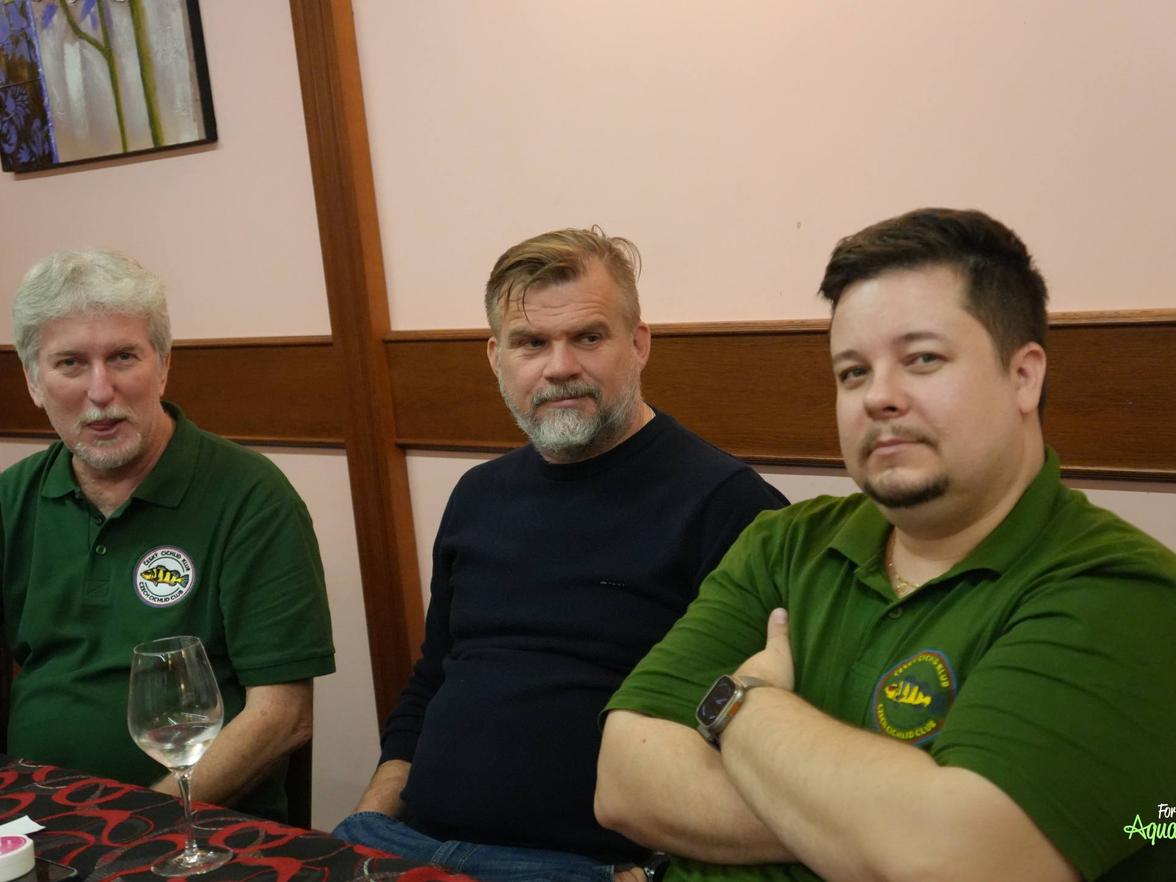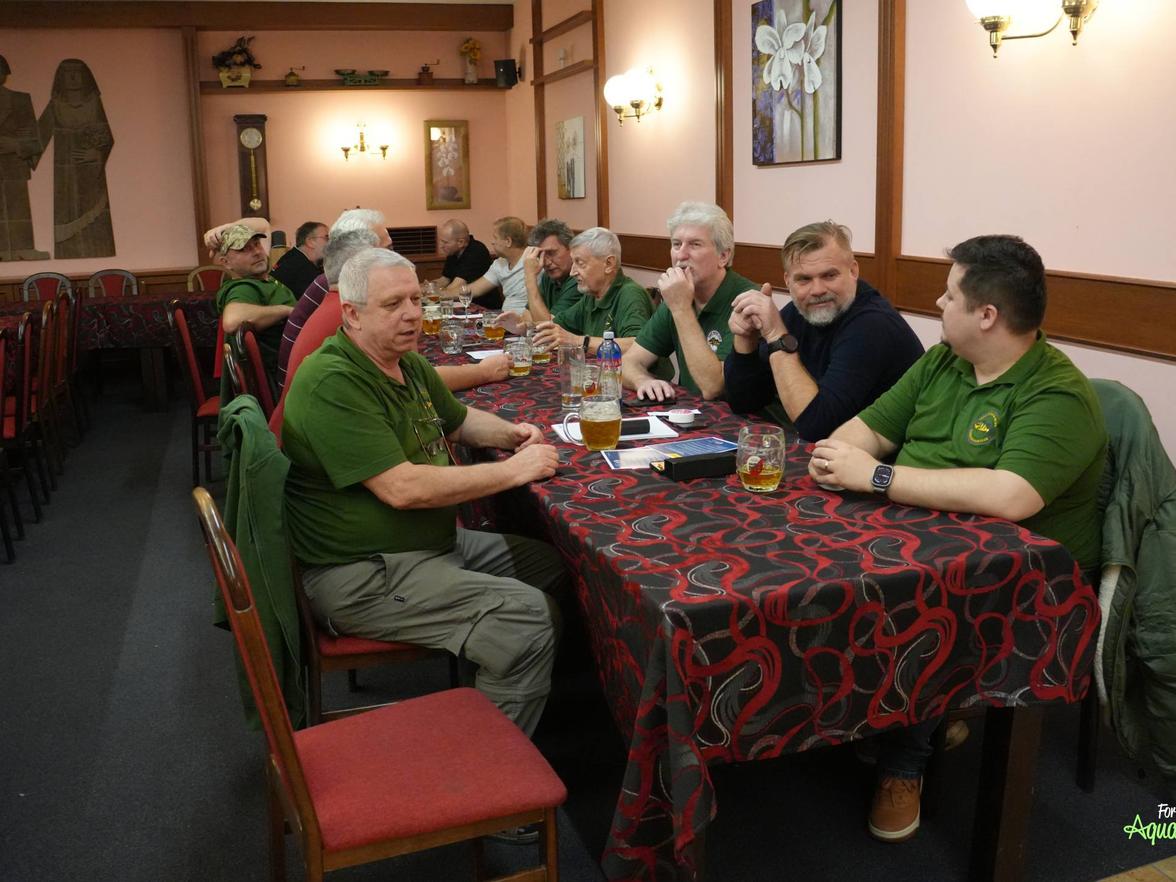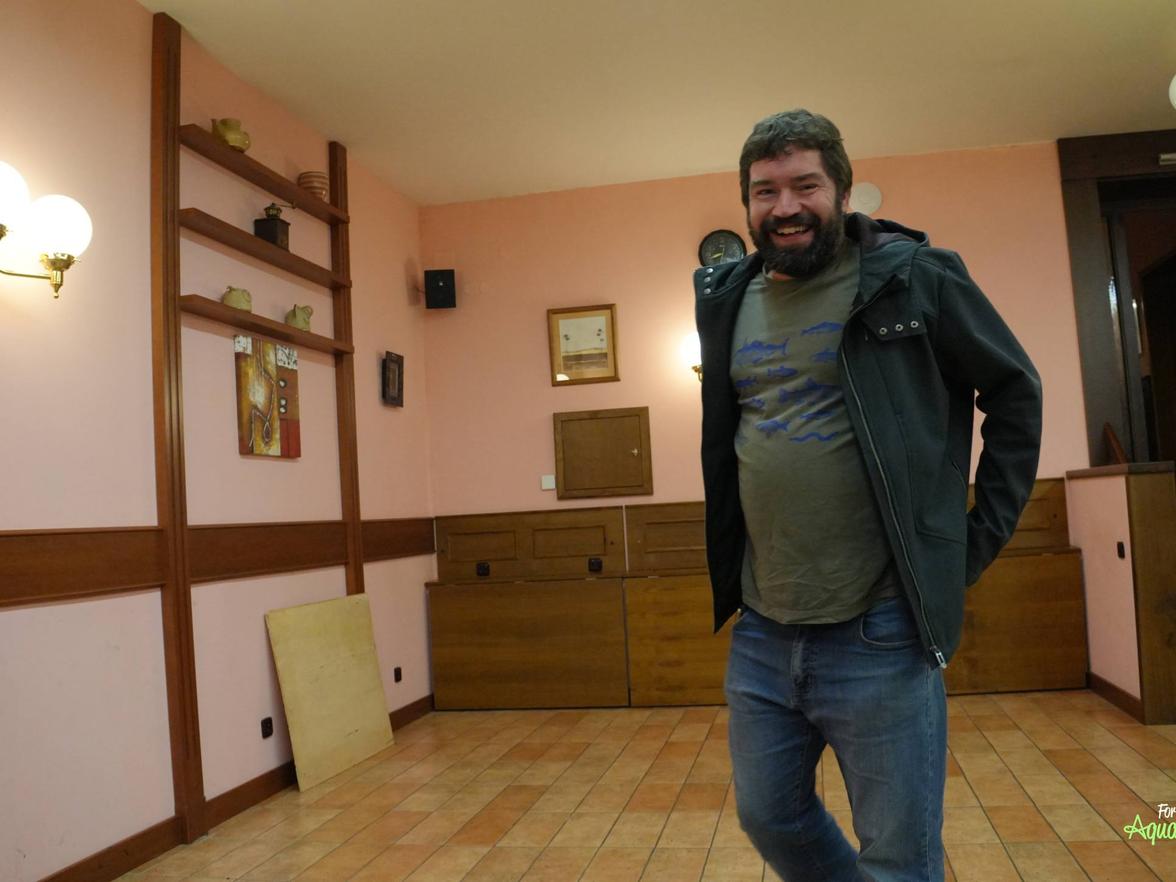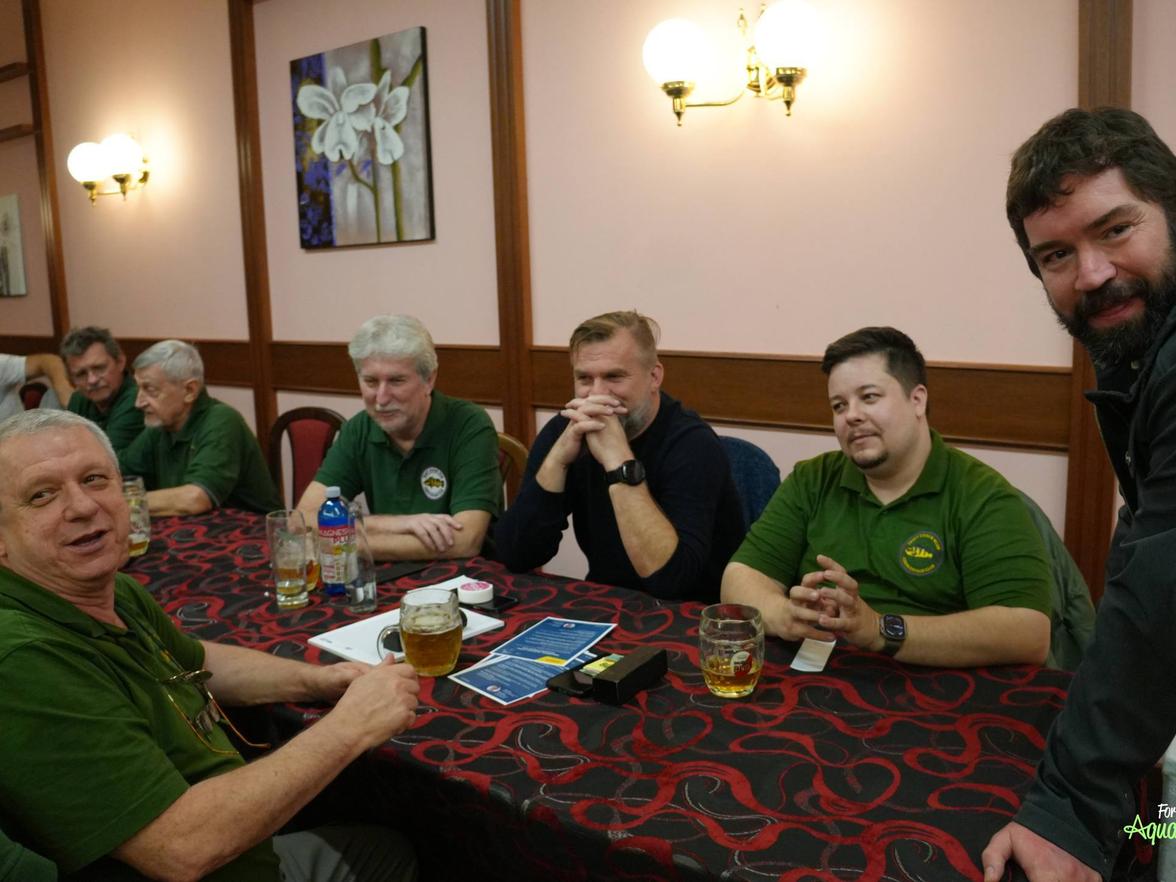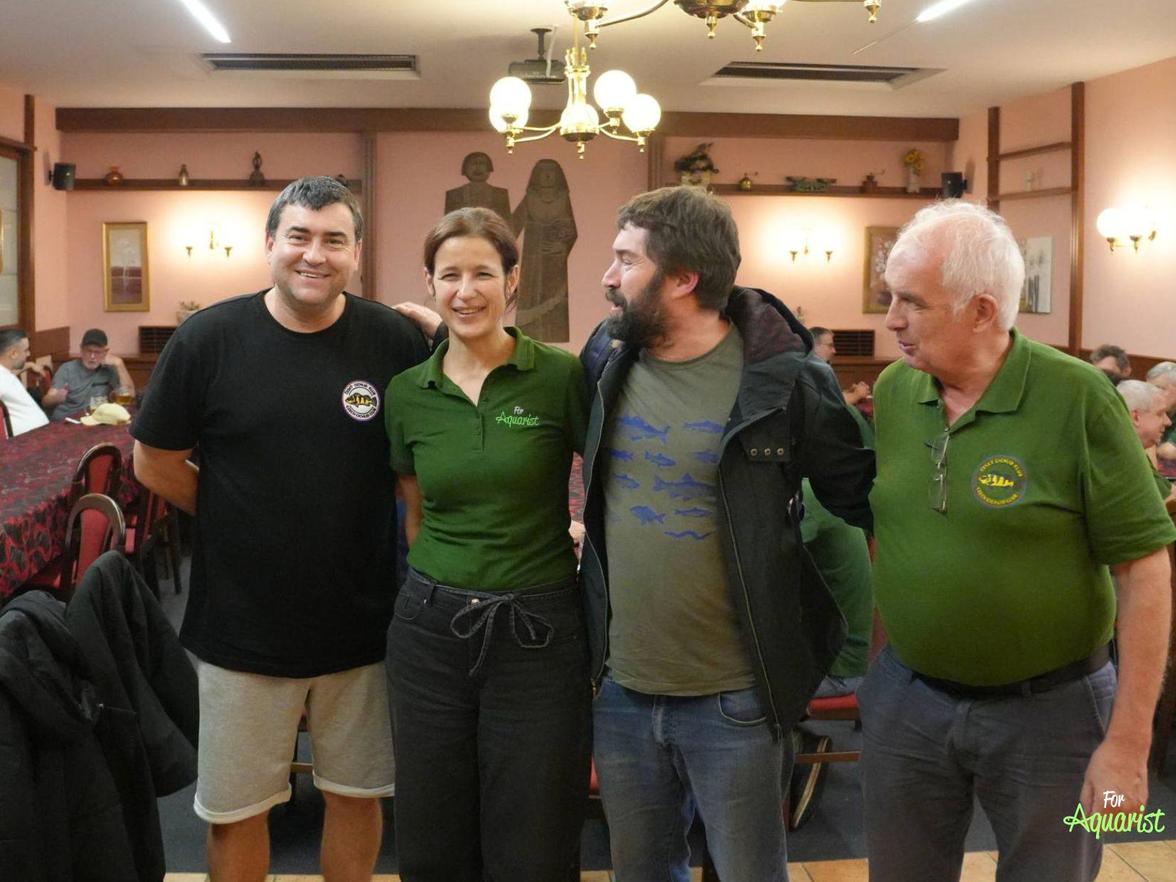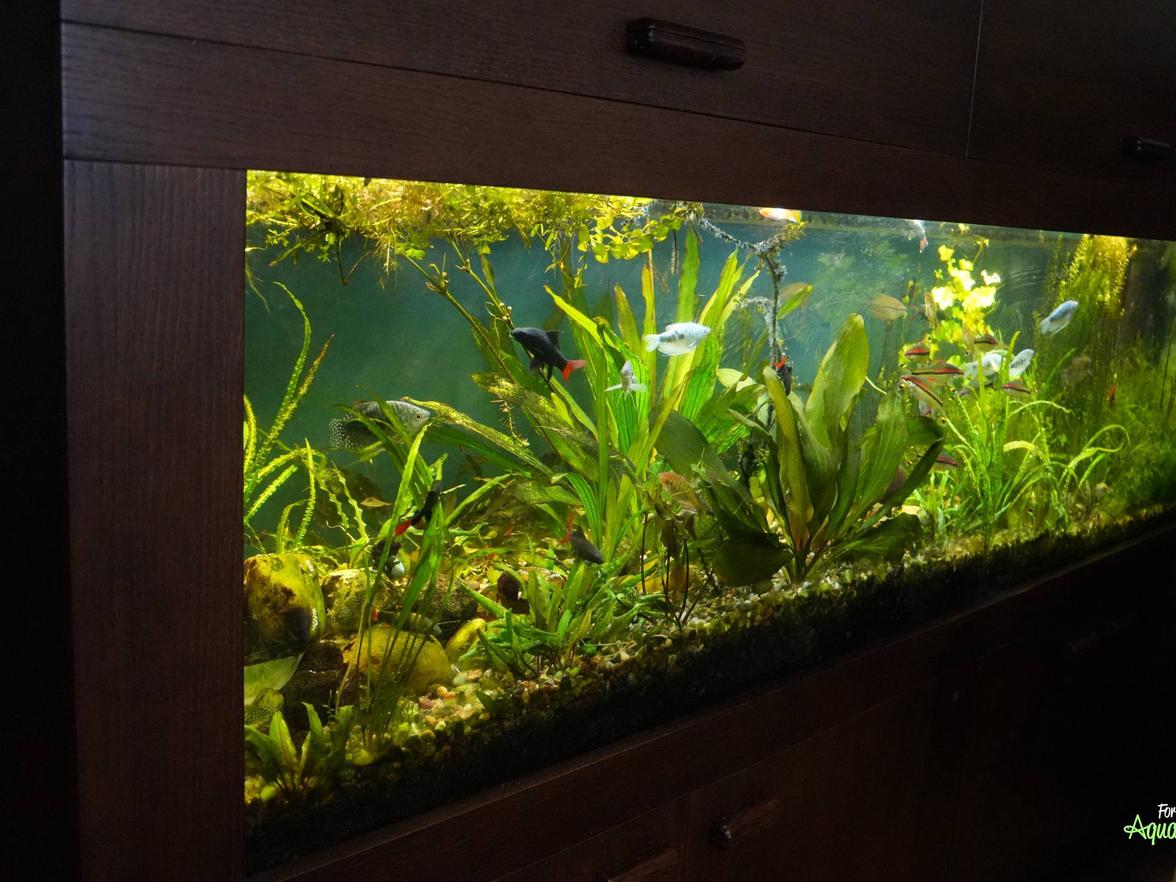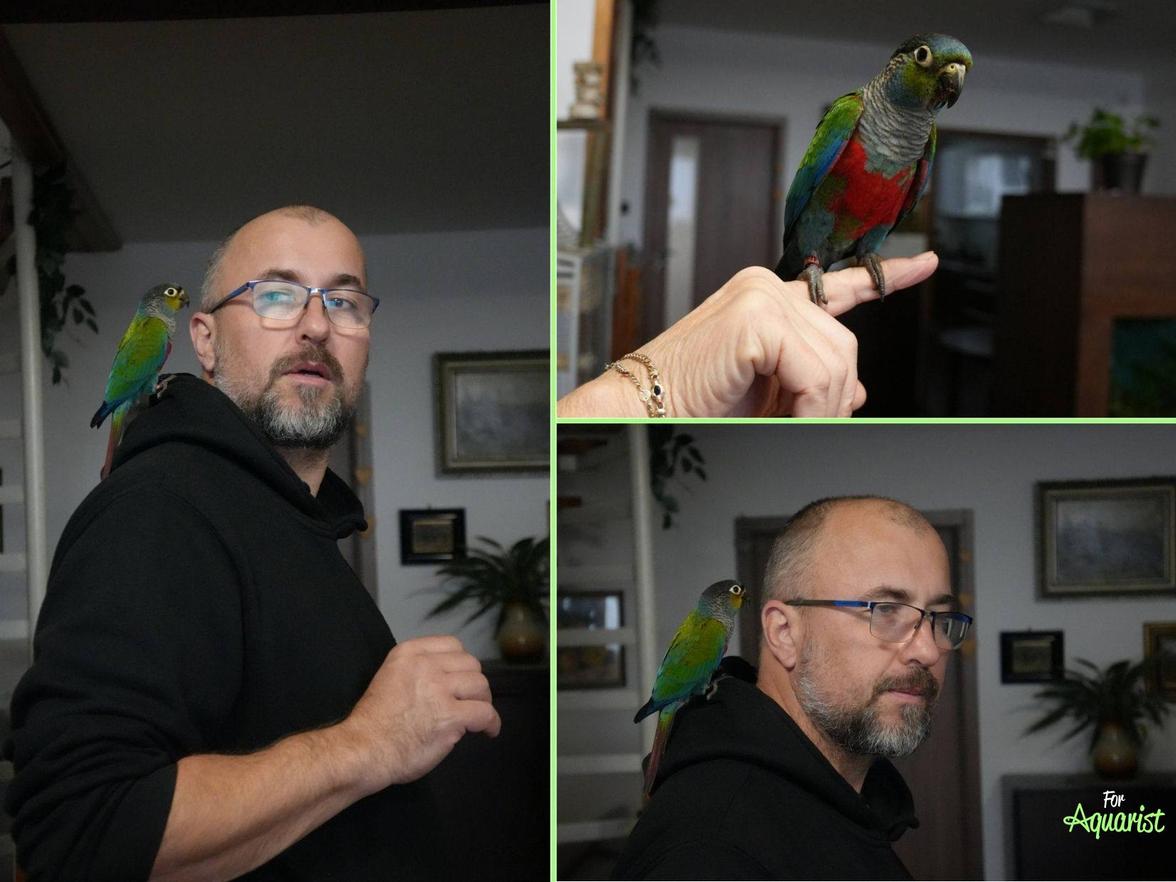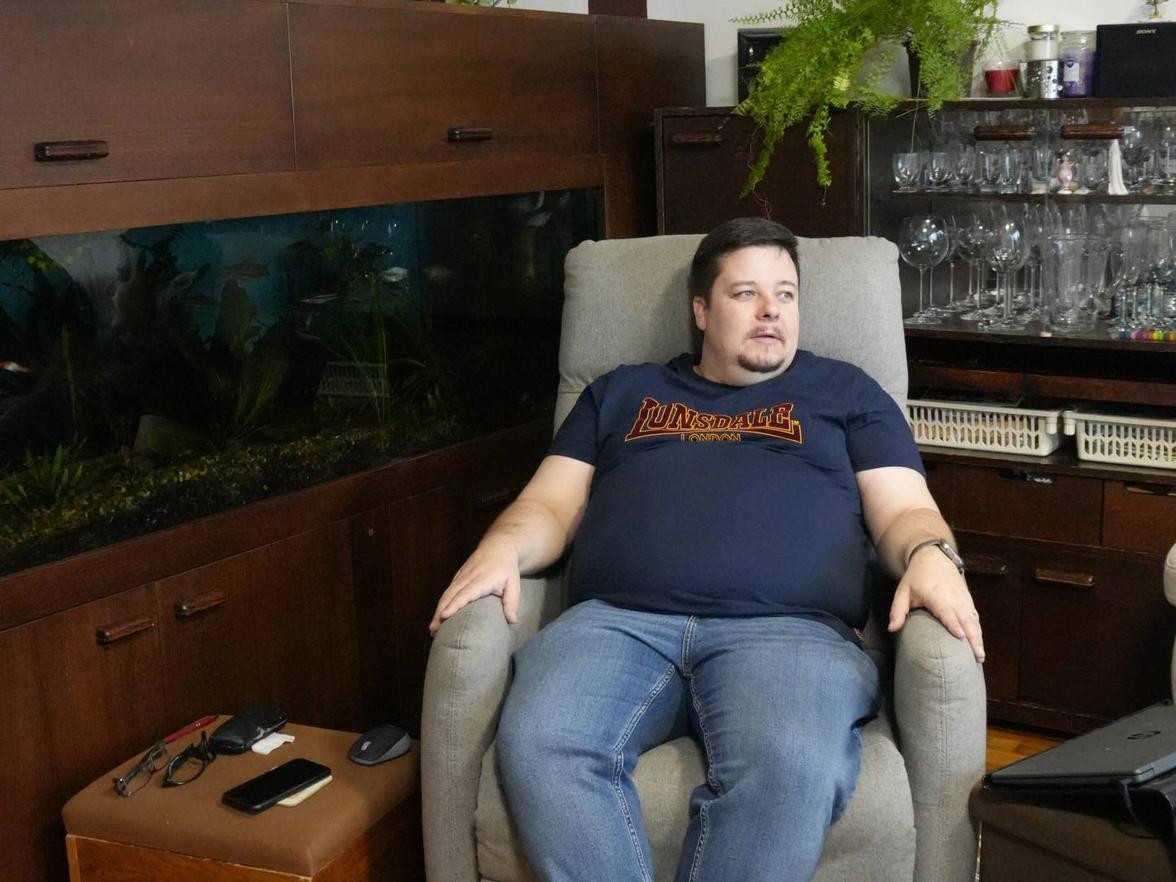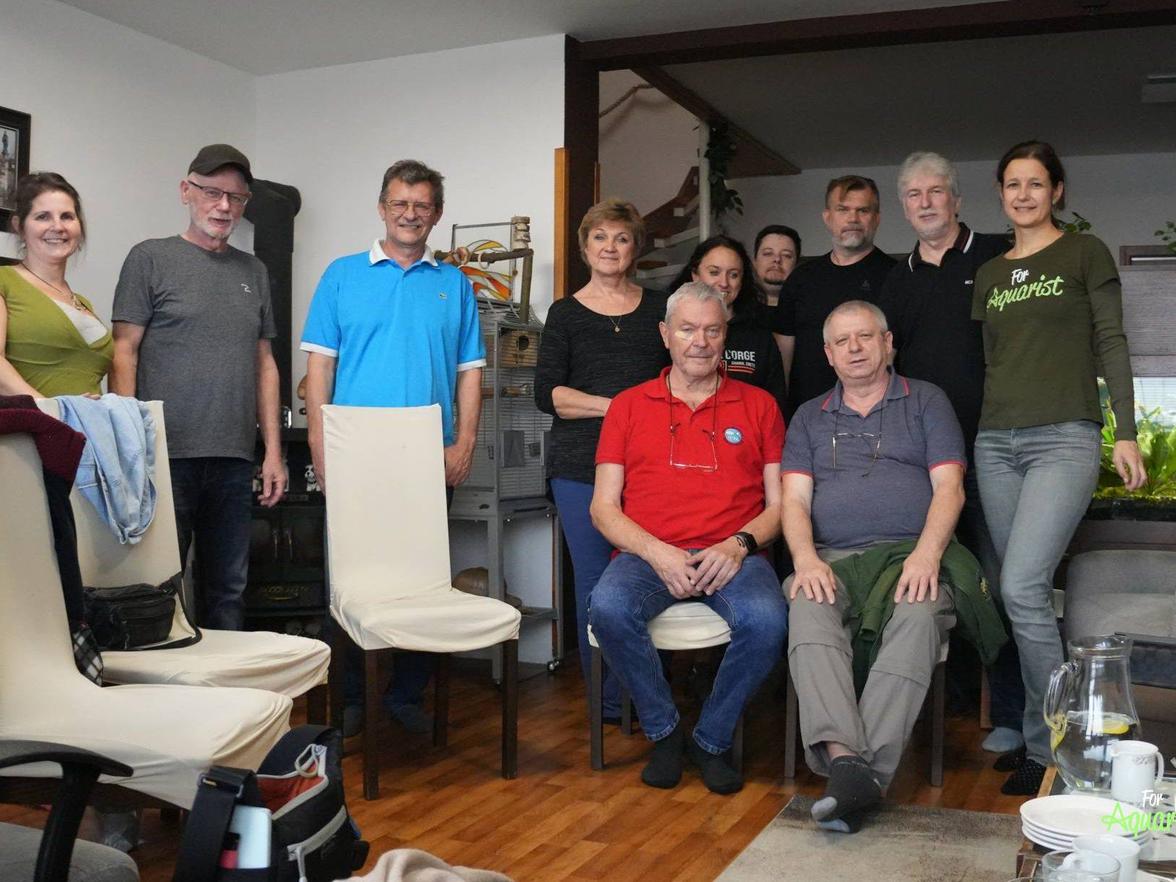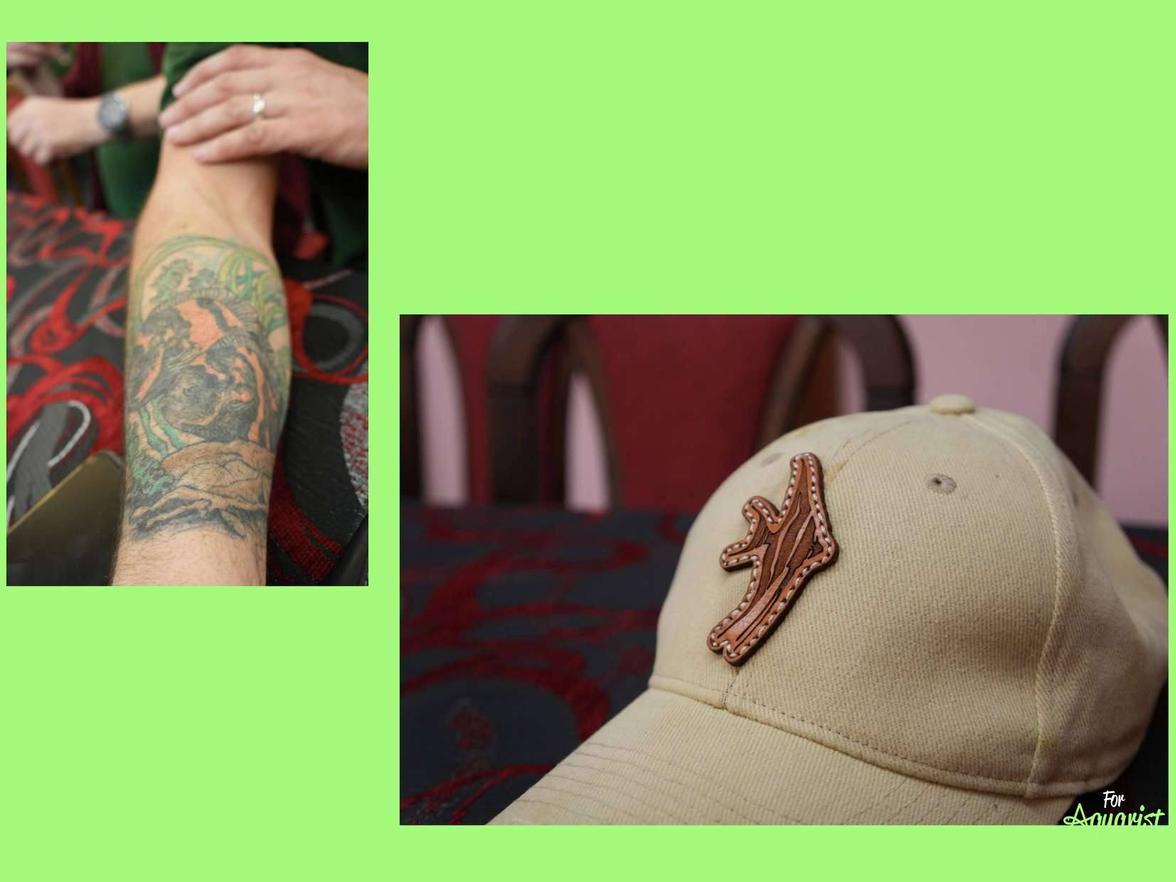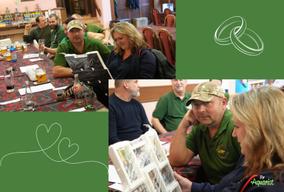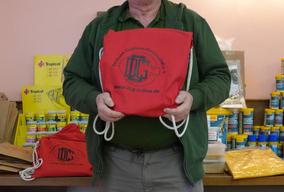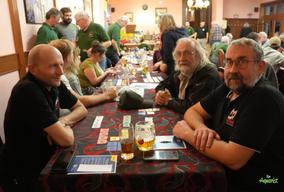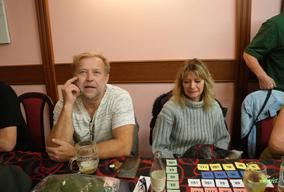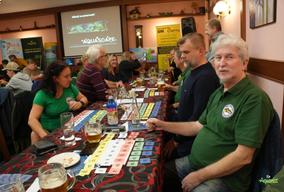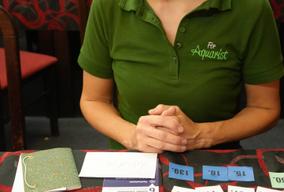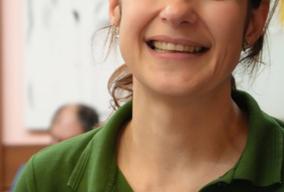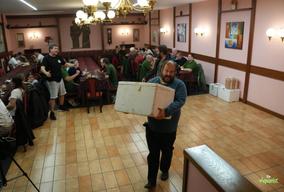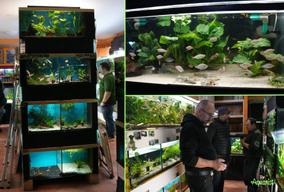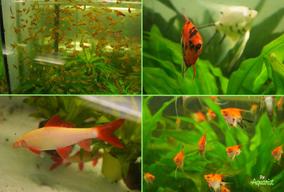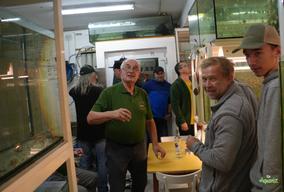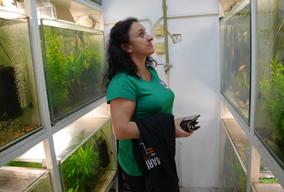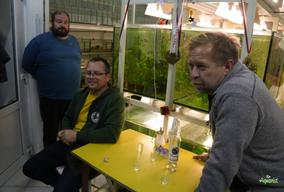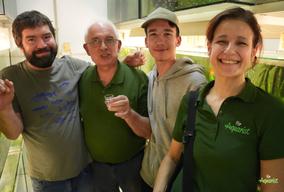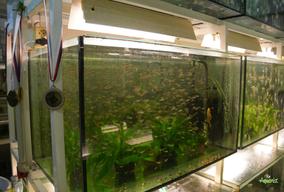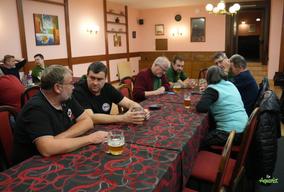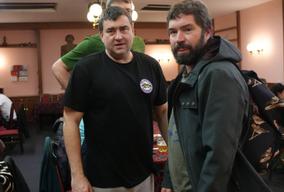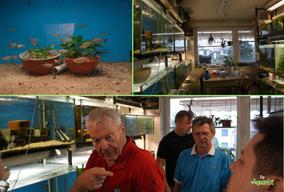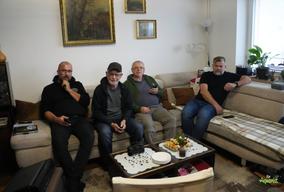The meeting of the Czech Cichlid Club (ČCK) confirmed its commitment to aquaristics! In addition to the successful approval of the annual report and the election of a new manager (Filip Hlaváč), the club is preparing for a grand celebration of its 30th anniversary in 2026. However, the main attraction of the weekend was an inspiring conference, where renowned aquascaping expert Adam Votava detailed how to combine the demanding breeding of cichlids with the beauty of natural aquariums. Learn how to maintain key water parameters (including the necessity of RO), what substrate is ideal, and see where the latest trends in aquascaping are heading. The day concluded with a rich raffle and traditional friendly discussions among cichlid enthusiasts.
I. Summary of the meeting of the Czech Cichlid Club
In the morning, the meeting of the Czech Cichlid Club took place, as is tradition. The most important points from the meeting can be summarized as follows:
- The annual report was read and approved.
- Filip Hlaváč was elected as the new manager, to whom the resigning Honza Burzanovský handed over all the documents.
- The Czech Cichlid Club is introducing a zero membership fee for members up to 15 years old.
- New members joined the club, who subsequently participated in the conference.
- The club welcomes and looks forward to collaborating with DCG (Deutsche Cichliden Gesellschaft e V.).
Anniversary and Congress 2026
Next year, the Czech Cichlid Club will celebrate 30 years of existence. On this occasion, a congress will take place on November 7, 2026, which, due to this significant anniversary, should be exceptional.
II. Lecture Afternoon
This year, the Czech Cichlid Club invited a special guest, a prominent figure in the Czech and international aquascaping scene, Adam Votava (IAPLC 2015 24th place in the world with the aquarium "Gourami"), who gave a very interesting and practical lecture. The main topic was aquascaping in combination with cichlid breeding, but also the history of aquascaping, transitions, and lessons learned. The lecture afternoon was divided into two parts:
1. Cichlids in Natural Aquariums, Is It Possible?!
- In response to the question of whether cichlids are suitable for naturally themed aquariums, Adam Votava confidently shared from his experience that yes, and it works best with most cichlids from Central America.
- Preparation of conditions in the aquarium and adjustment of water parameters:
- Hardness and pH are among the key parameters, but if we want truly beautiful plants, it is good to use suitable substrate, of course considering the living creatures. The speaker also highlighted the suitability of fine sand for cichlids, which like to sift through it and seek food in it.
- Maintaining water parameters is crucial, and the lecture covered the main procedures well (e.g., it was also mentioned that adding fertilizers manually may cause unwanted fluctuations). Adam Votava mentions that the reliability of dosers has improved and their automation can help keep the chemistry of the water under control.
- When using fertilizers, care must be taken regarding the purity of the components from which the fertilizers are mixed and also in what proportions they are used. At the same time, compatibility with the aquarium inhabitants should be considered.
- A frequently discussed topic is the changes in water quality related to climate change, but also the fact that the pH of tap water has changed in most places compared to, for example, twenty years ago. Such changes often negatively affect the aquarium environment. Therefore, Adam Votava uses reverse osmosis water for most of his clients.
- Lighting the aquarium is another key point. In the case of a naturally conceived aquarium with aquarium inhabitants, the requirements of the living creatures must be taken into account. Often, in strongly lit aquariums, they prefer shade or subdued light. Therefore, the goal should be for the living creatures to feel good, while also ensuring plants have enough light. Adam Votava recommends between 8-10 hours of lighting and emphasizes that this duration should not be exceeded.
- Regarding technology, it may be appropriate, in the case of a larger aquarium, to ensure the outlet from the filter in several places to eliminate strong currents.
- The ideal food is live, possibly dry, but feeding frozen food has not proven effective.
- An interesting observation and recommendation was also to introduce shrimp of the genus neocaridina into a newly established aquarium, let them breed, and only then add the fish stock to the aquarium. This will ensure a food source that will be available continuously.
- (Author's note: From my own experience, I can confirm that this practice has proven effective and I can highly recommend it.)
2. Aquascaping and Its Development Over Time
- In the second part of the lecture, together with Adam Votava, we delved into the history of aquascaping. The speaker prepared examples of aquariums that he commented on professionally.
- For example, aquarium water lilies sparked one of the interesting discussions. As long as, for example, Tiger lotus has enough CO2, its leaves are low, near the substrate. Once the nutrients run out, it produces floating leaves. However, there are also specific species of Nymphaea that produce practically only underwater leaves just like the related species Nymphaea micranta. Nymphaea santarem produces leaves that are red on the underside and green on top, and in the water, they are yellow-orange.
- Other interesting species mentioned were various species of Aphonogeton such as Aphonogeton natans. Initially, it produces submerged leaves, and once it matures, it starts producing shoots that can be a meter long, on which it produces leaves.
- Many plants are currently genetically modified, making it difficult to predict which specific cultivar an aquarist will acquire.
- The speaker considers various species of ferns (Microsorum, Bolbitis) to be more demanding plants, as they take nutrients directly from the water.
- At the same time, we learned that since extreme cases of using artificial decorations, the current trend is shifting towards biotope arrangements. Therefore, the photographs of the latest planted aquariums showed paludaria or tanks with dense vegetation, where decorations and plants emerge from the aquarium. It seems that this is currently the direction in which aquascapers are heading.
- There was also a very interesting discussion about the need to consider that tanks may wear out after ten years and may need to be replaced. According to Adam Votava, this may also be due to changes in the composition of glues.
- It is also interesting that aquascaping competitions have significantly evolved and have become a frequent topic of aquarium discussions.
Adam Votava had his lectures excellently prepared. In the first part of the presentation, there were not too many questions, and everyone listened attentively. However, in the second part, it was already noticeable that the speaker managed to excite the audience, and a lively discussion began. The conference attendees rated the lecture very positively, and we join them.
III. Meeting
The Czech Cichlid Club conference is a great opportunity to learn something new and to apply it. At the same time, every year all members look forward to it because enthusiasts of aquarium keeping, especially cichlids, gather here.
The first opportunity for joy and discussions after the whole day is the annual raffle, which this year was truly rich. In addition to generous sponsors who did not hesitate to provide valuable food, aquarium plants, preparations, or even equipment, there was also a beautiful aquarist calendar or gift bags from DCG (Deutsche Cichliden Gesellschaft e.V.) among the prizes.
In good spirits from the gifts that everyone saved, discussions continued either at the conference or a visit to the nearby renowned aquarium store Cherra František Brabec, or directly to the aquarists, in this case to Zdeňka Dočekala, who, besides having a beautiful breeding setup and beautifully colored fish, is a master at hospitality.
The day flew by, and it seemed like it could last much longer because there were still countless topics.
Some of us were also invited to visit by local aquarists on Sunday. Pleasant and stimulating discussions on aquarium topics continued into the afternoon hours. Again, time flew, and when it was already starting to get dark, it was clear that this pleasant aquarium weekend would have to be concluded and we would have to head home.
